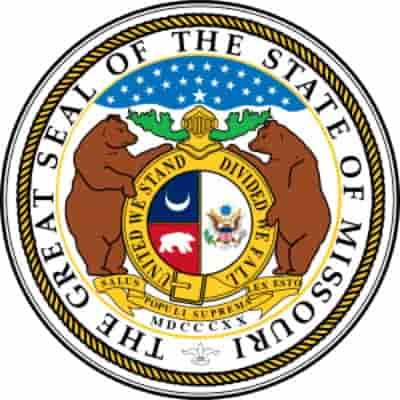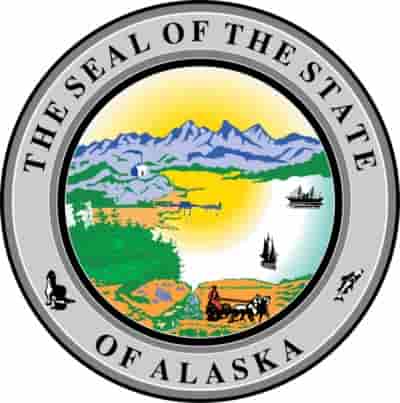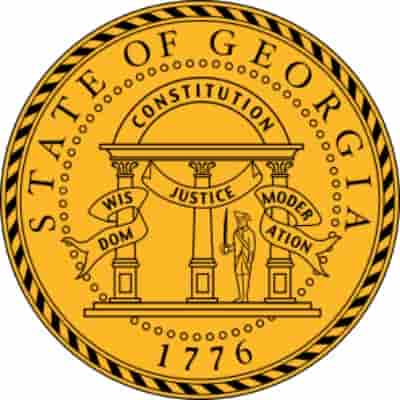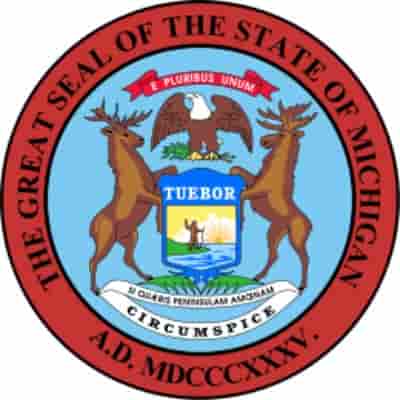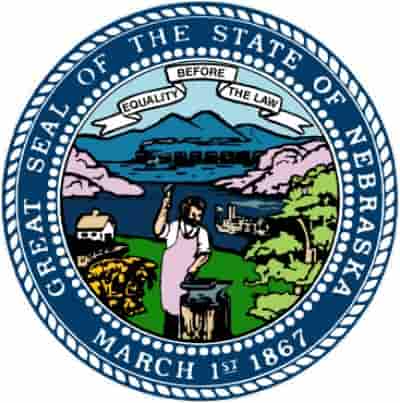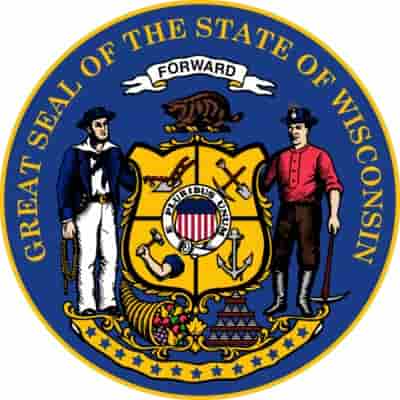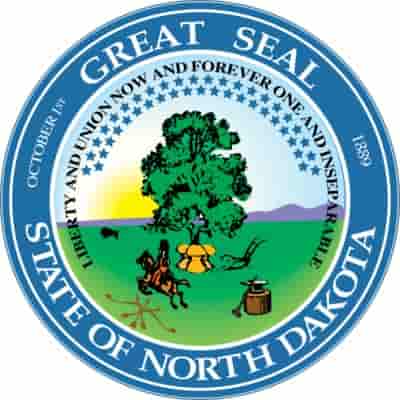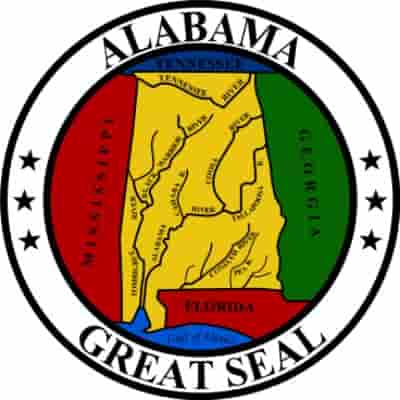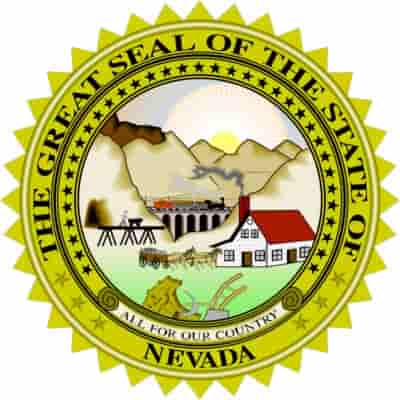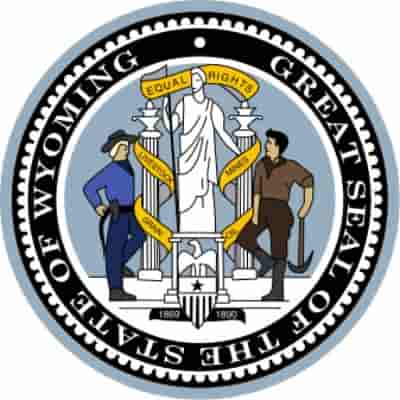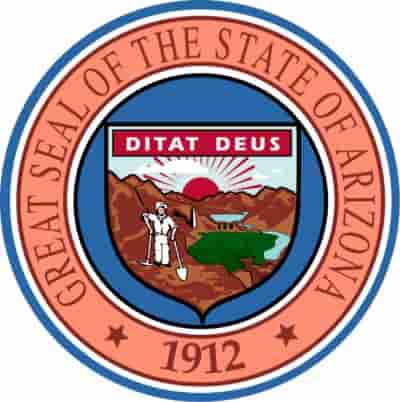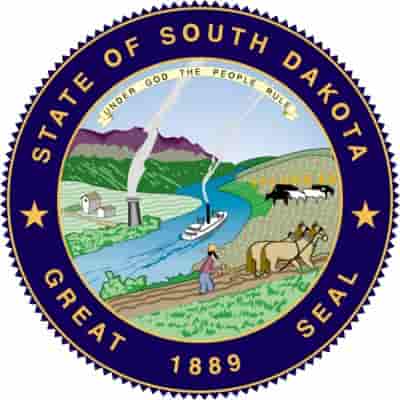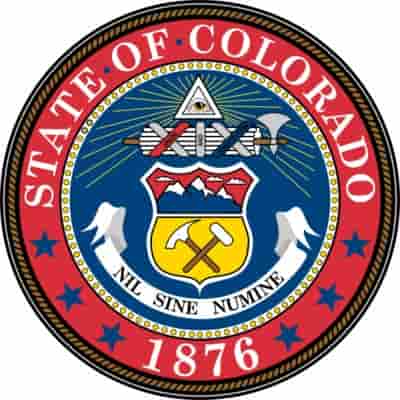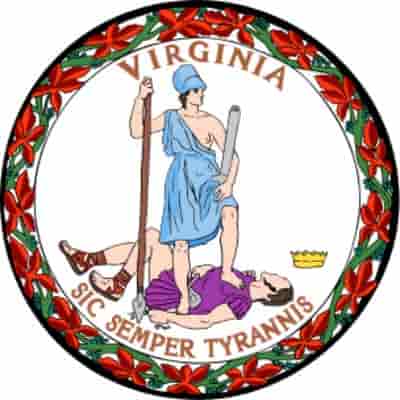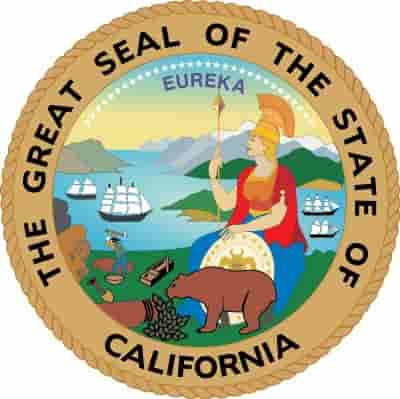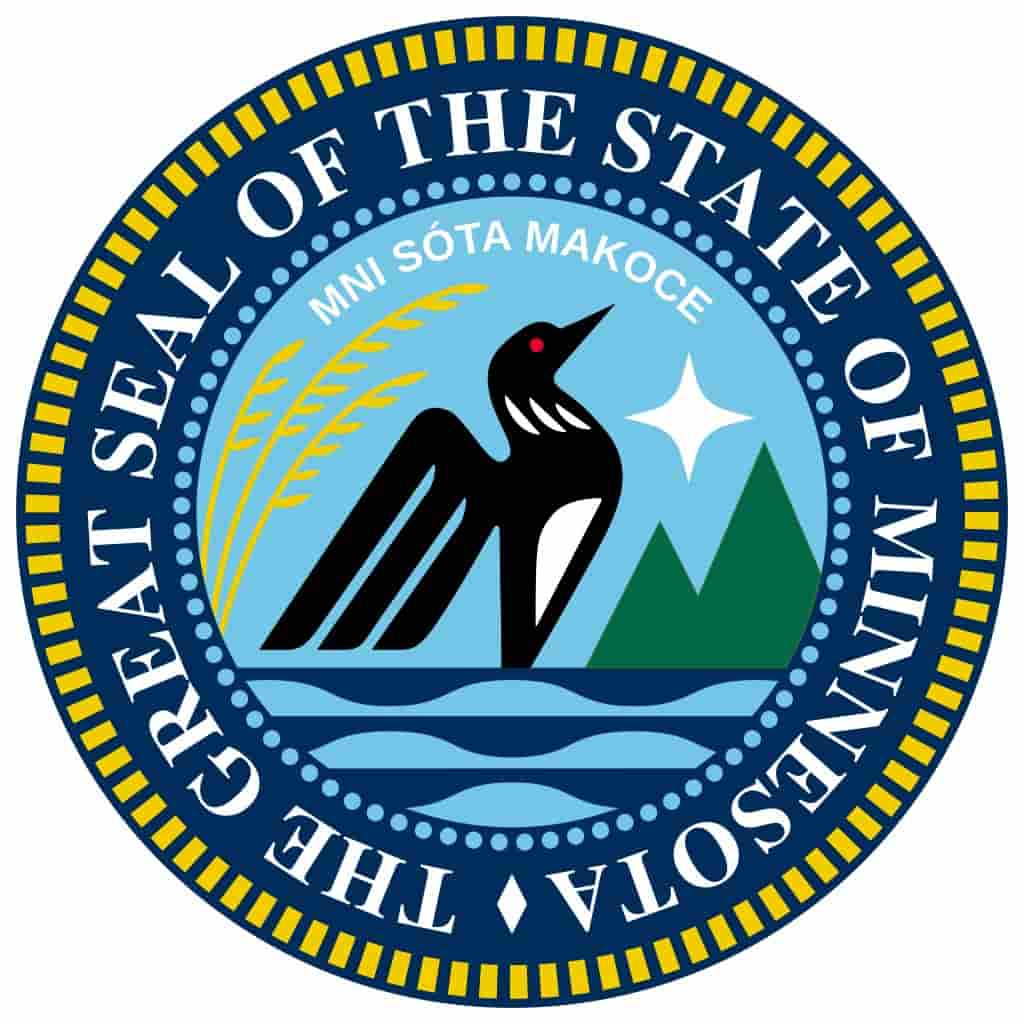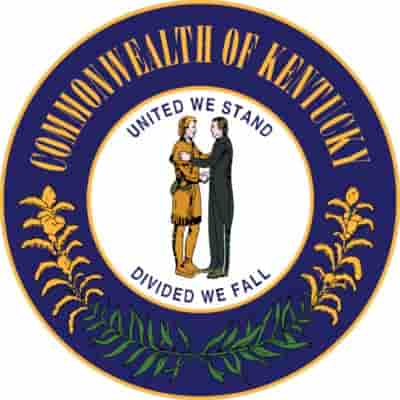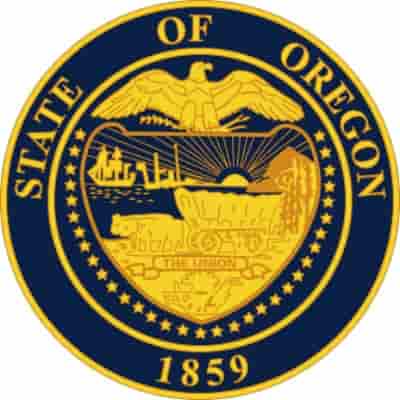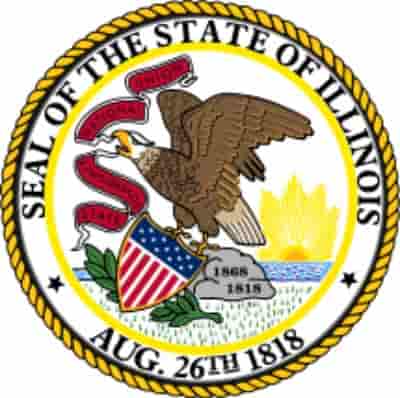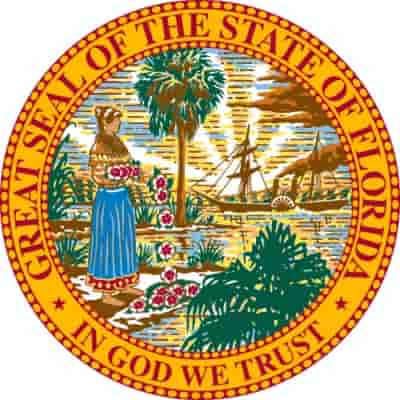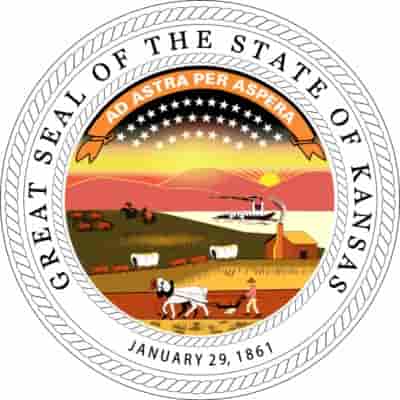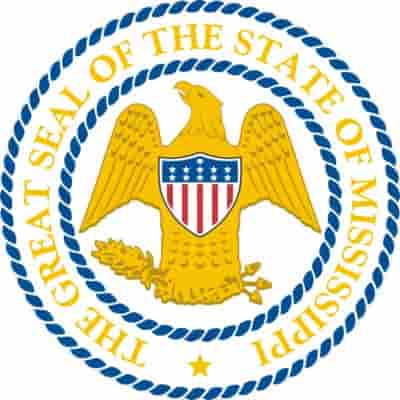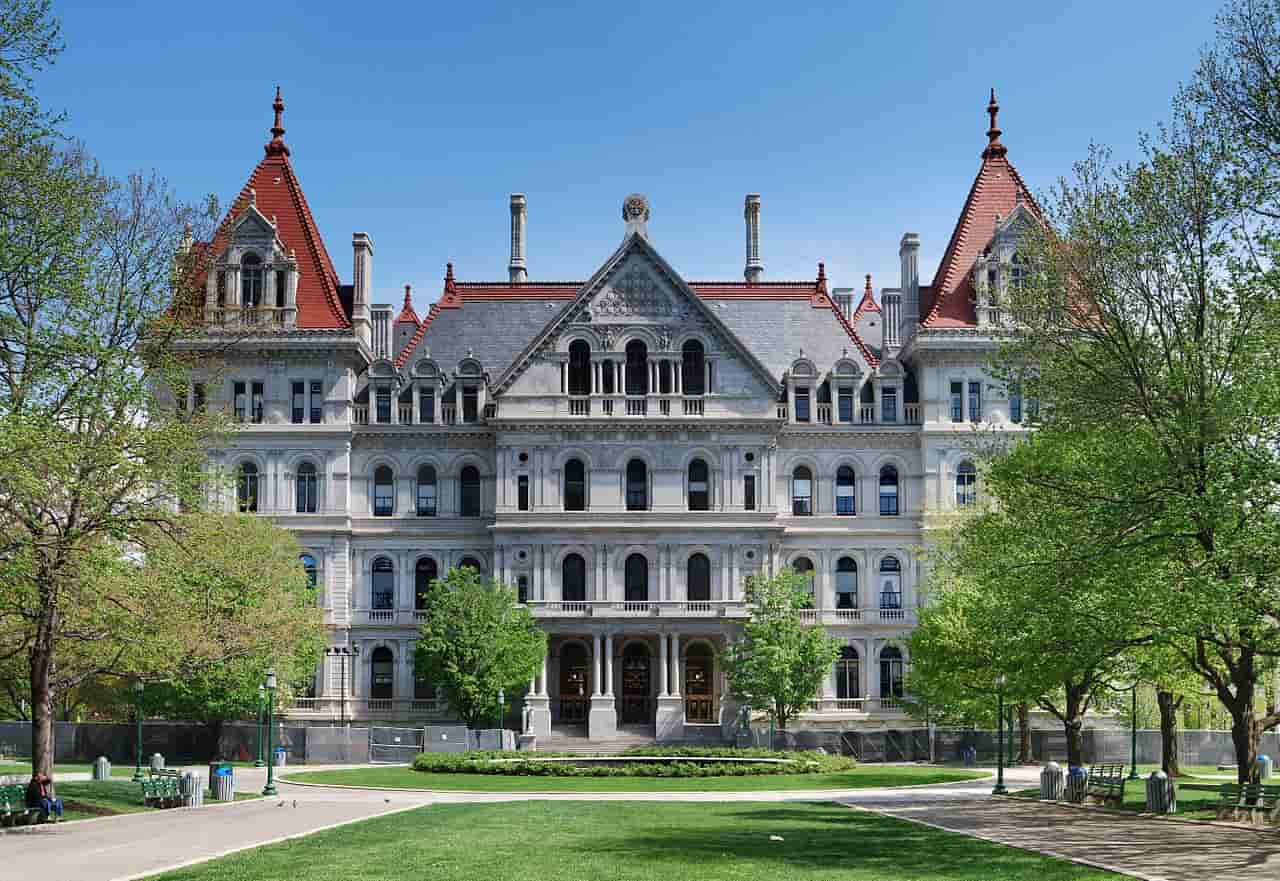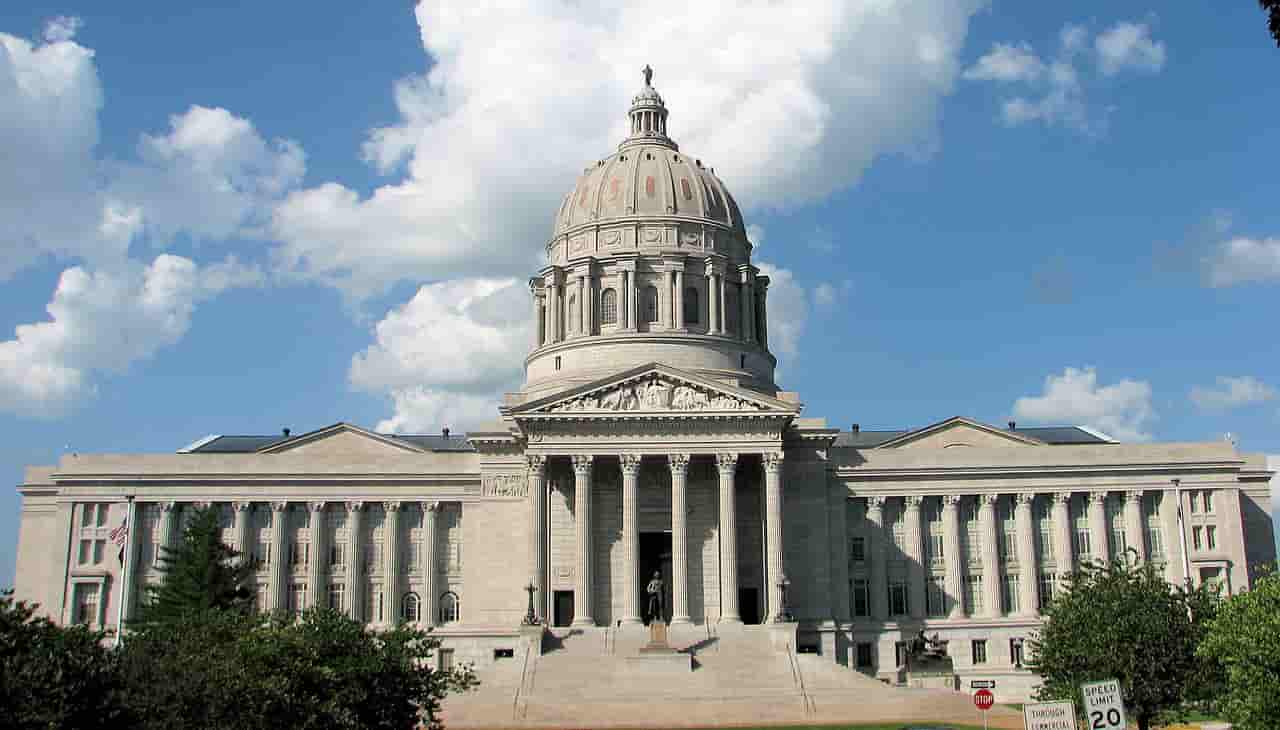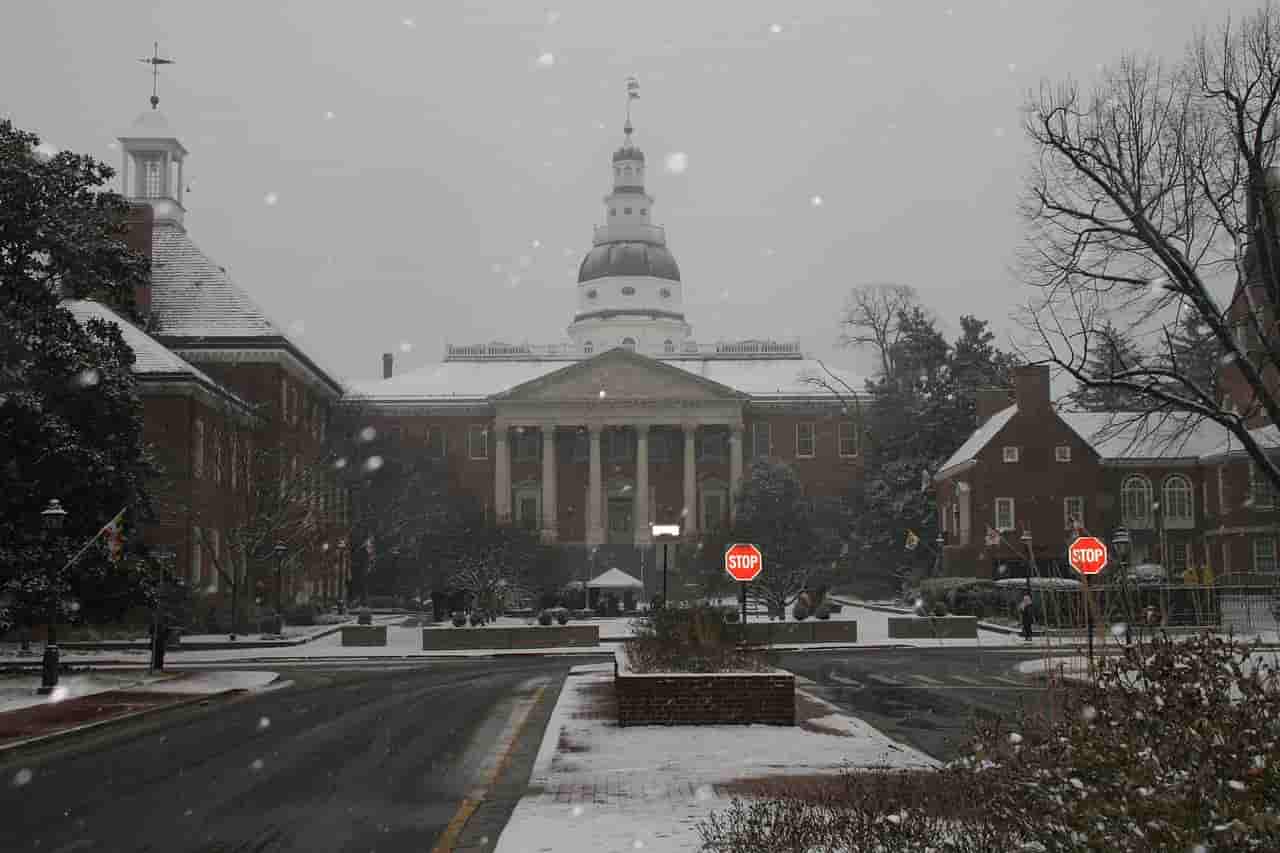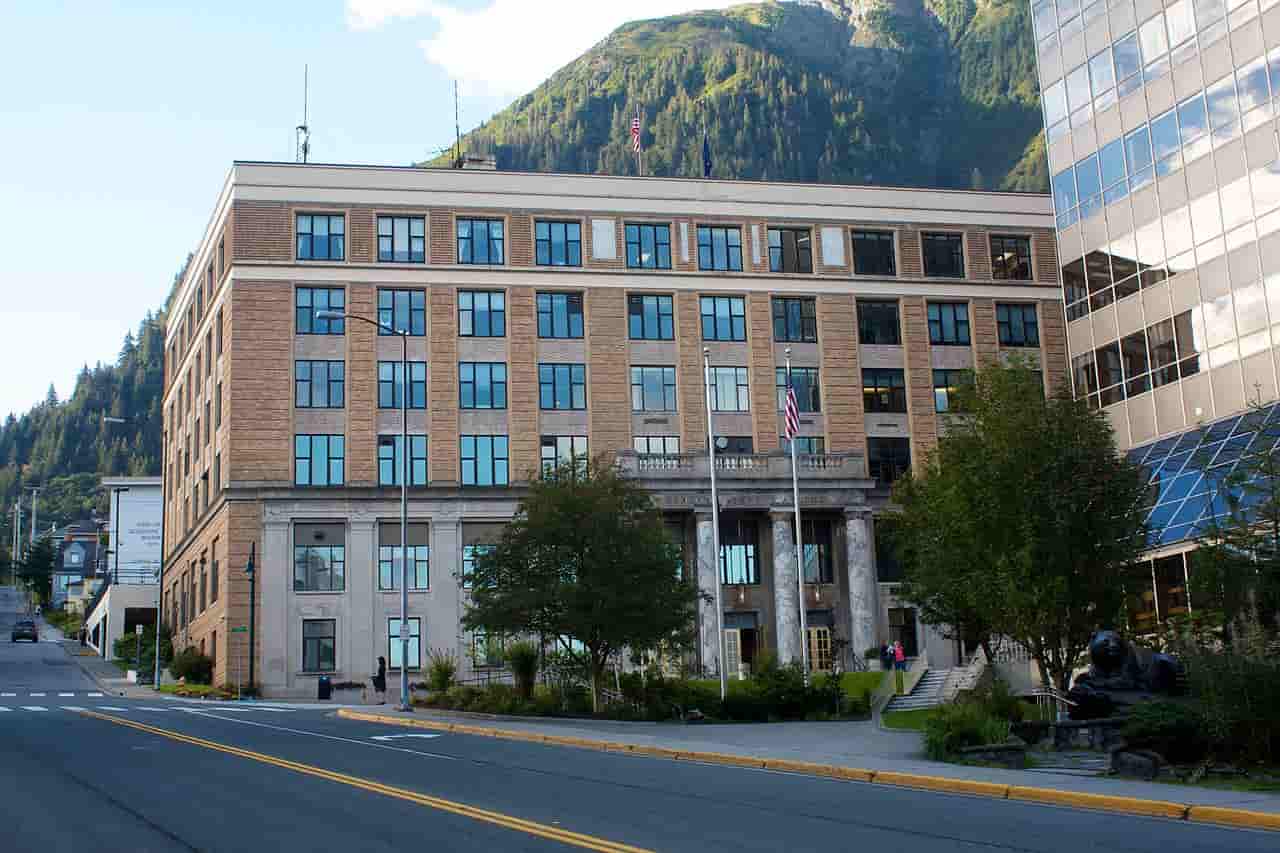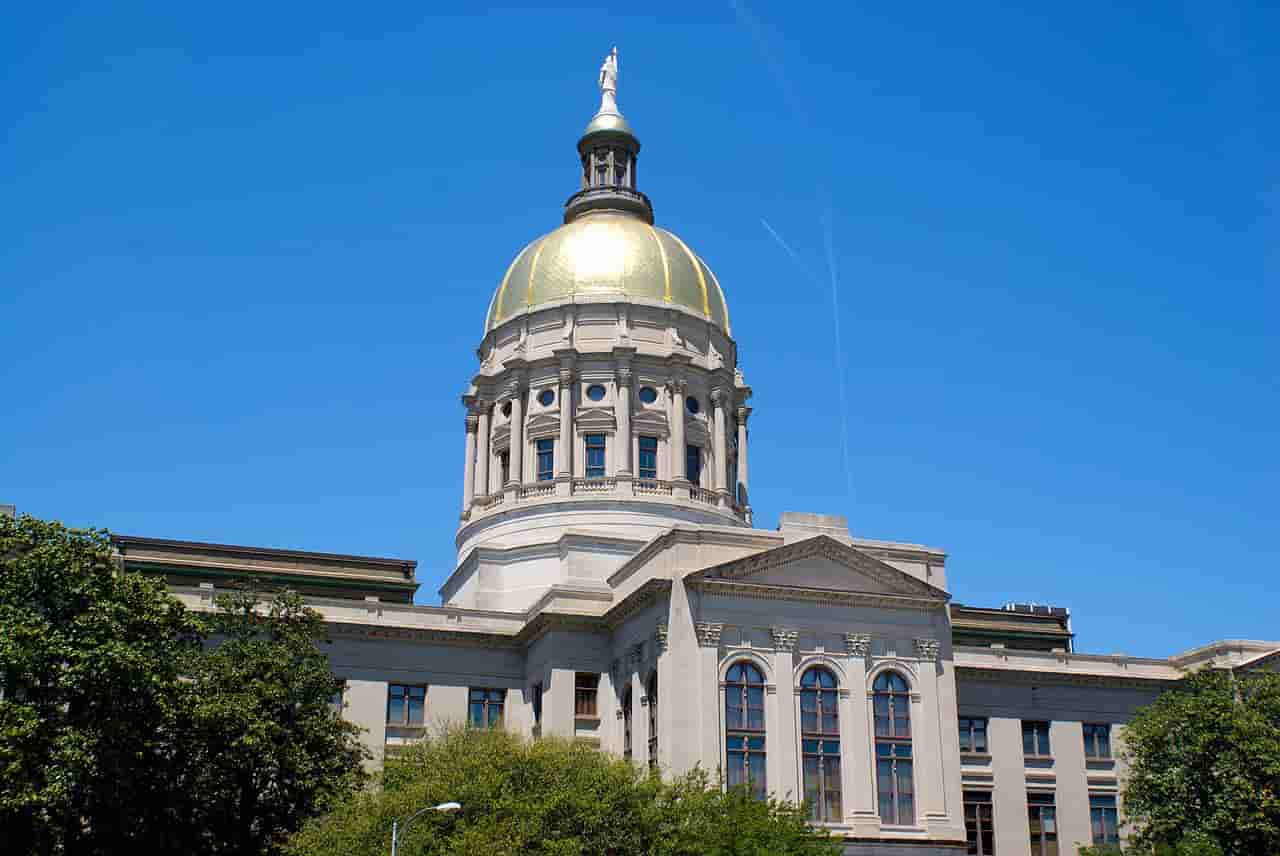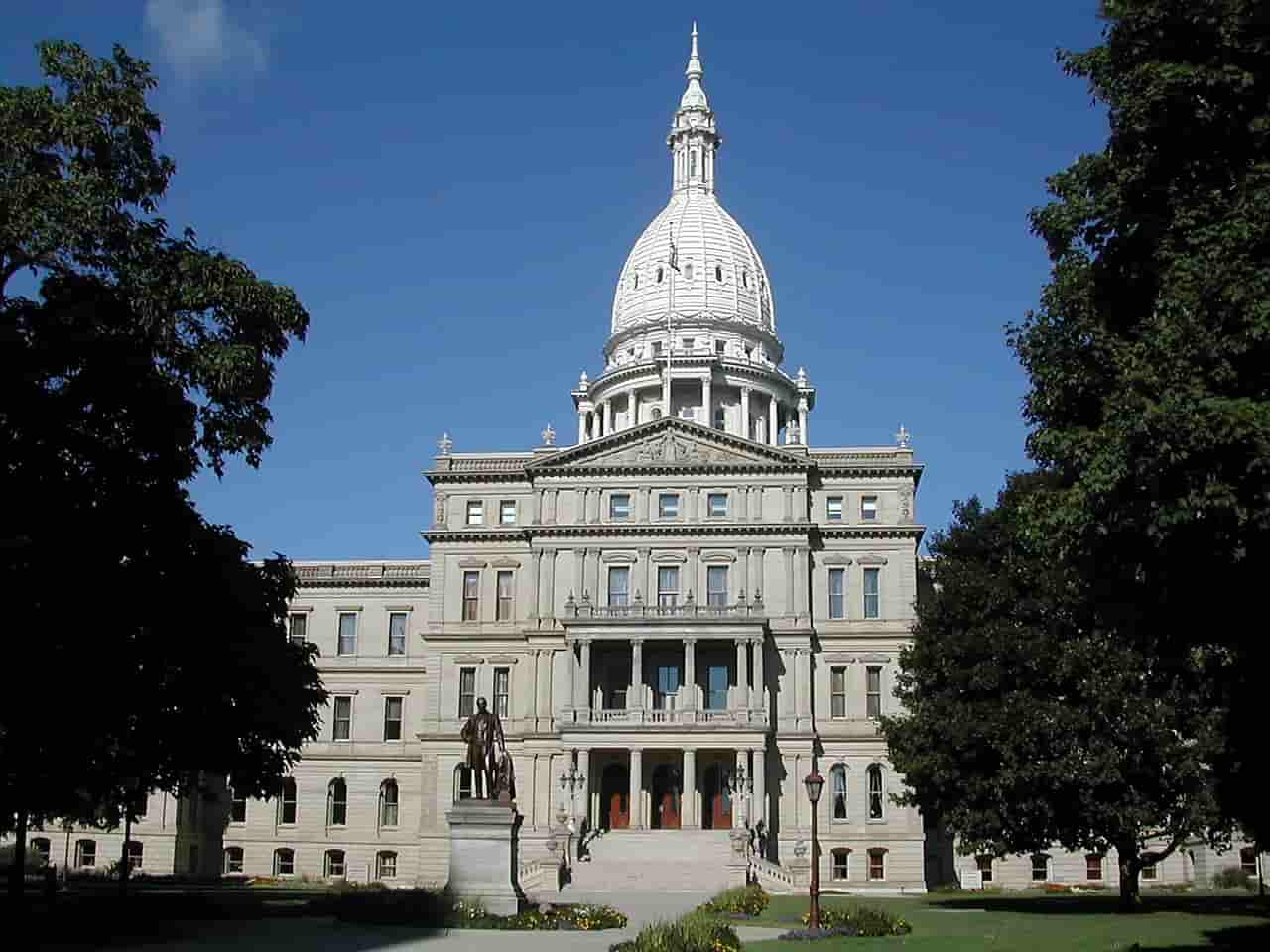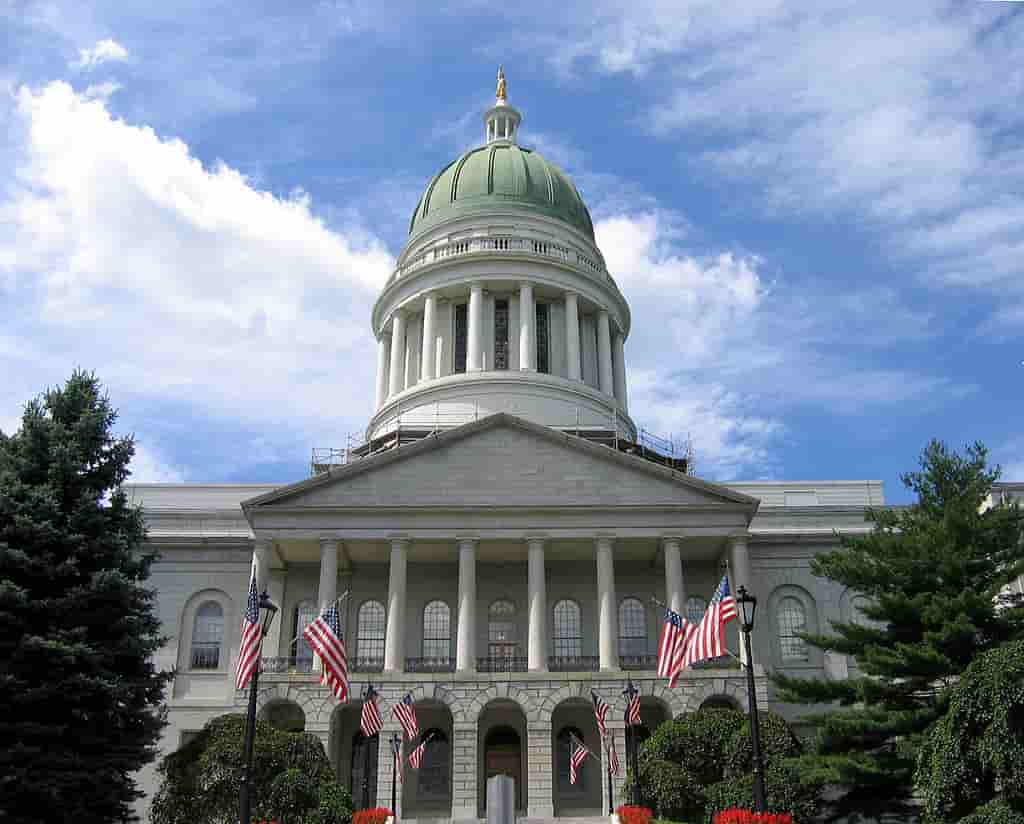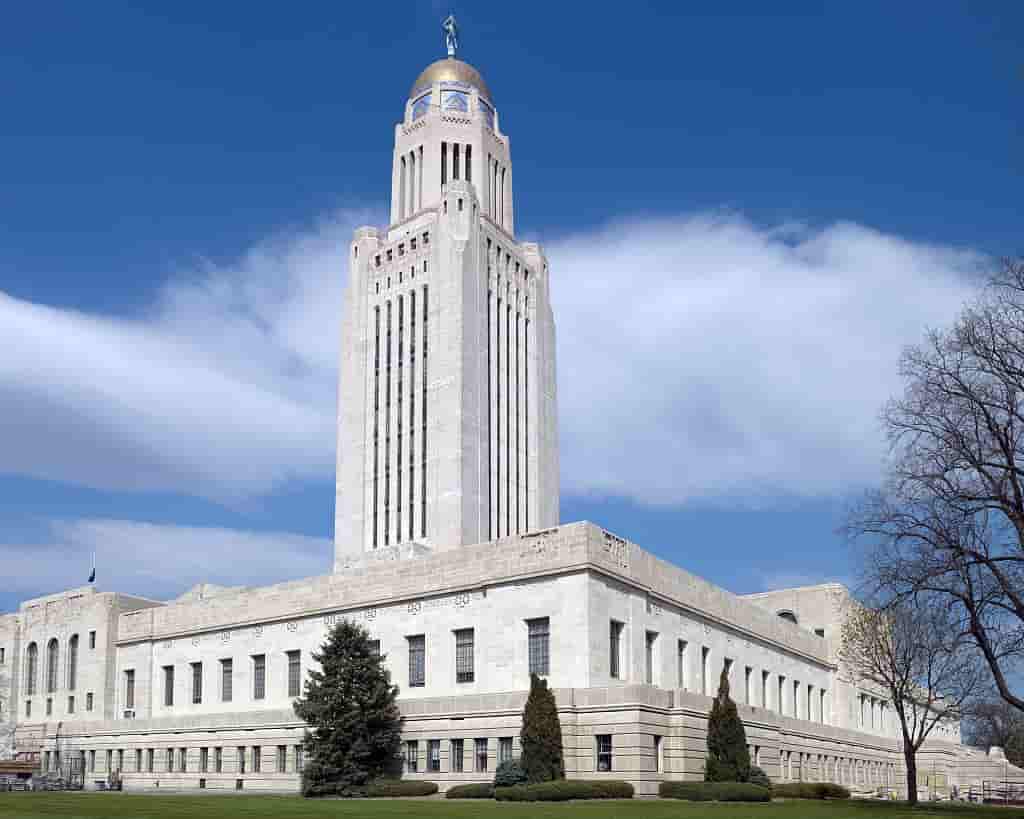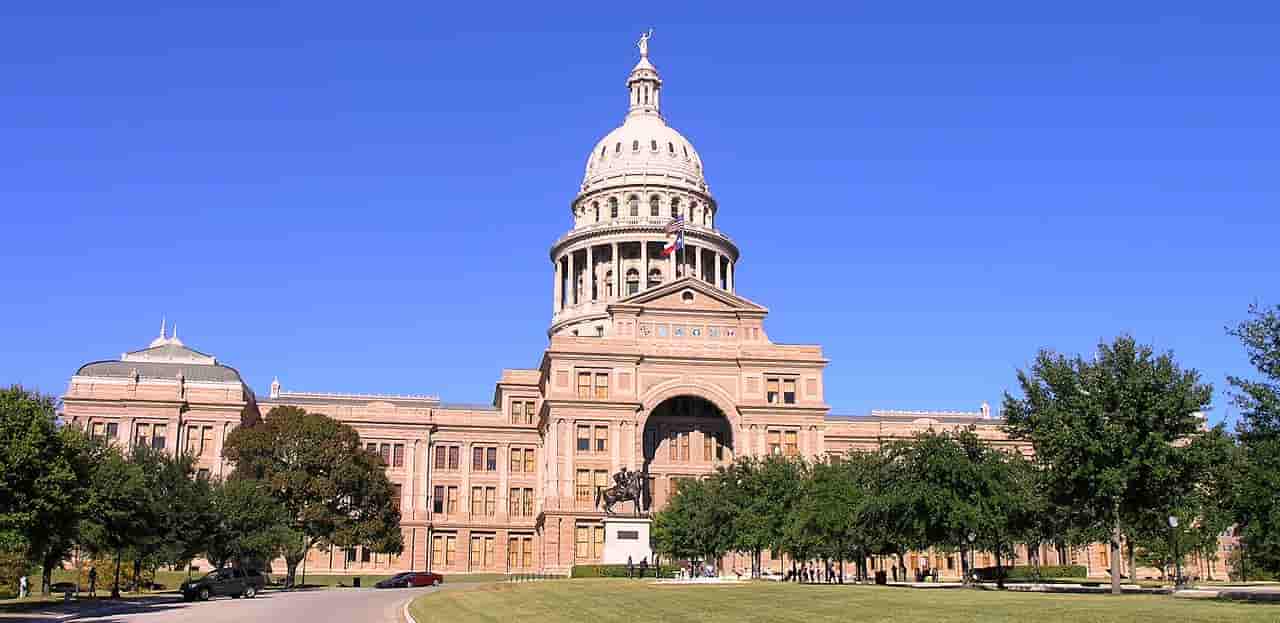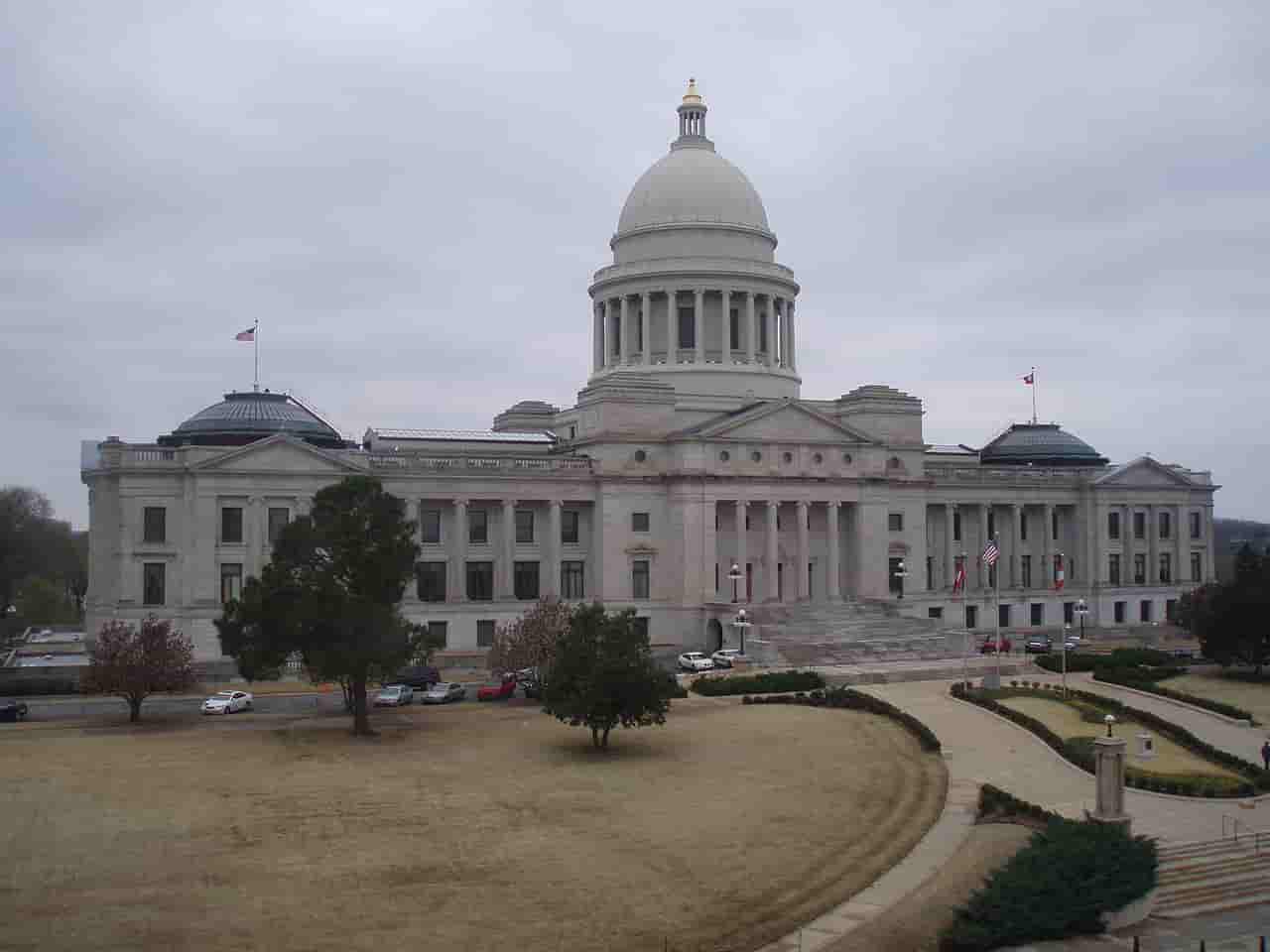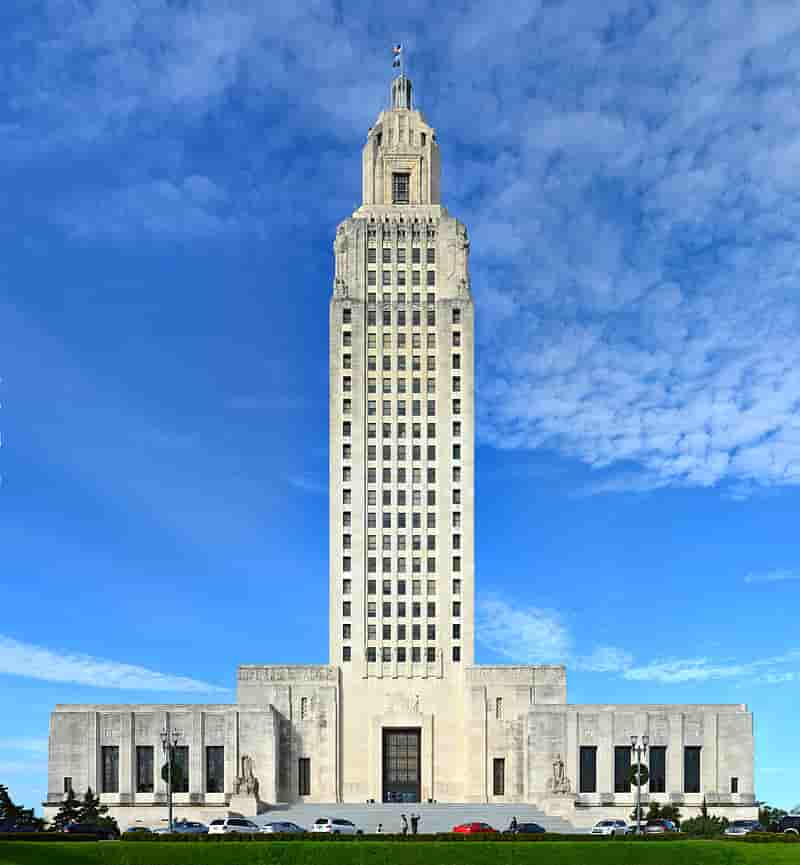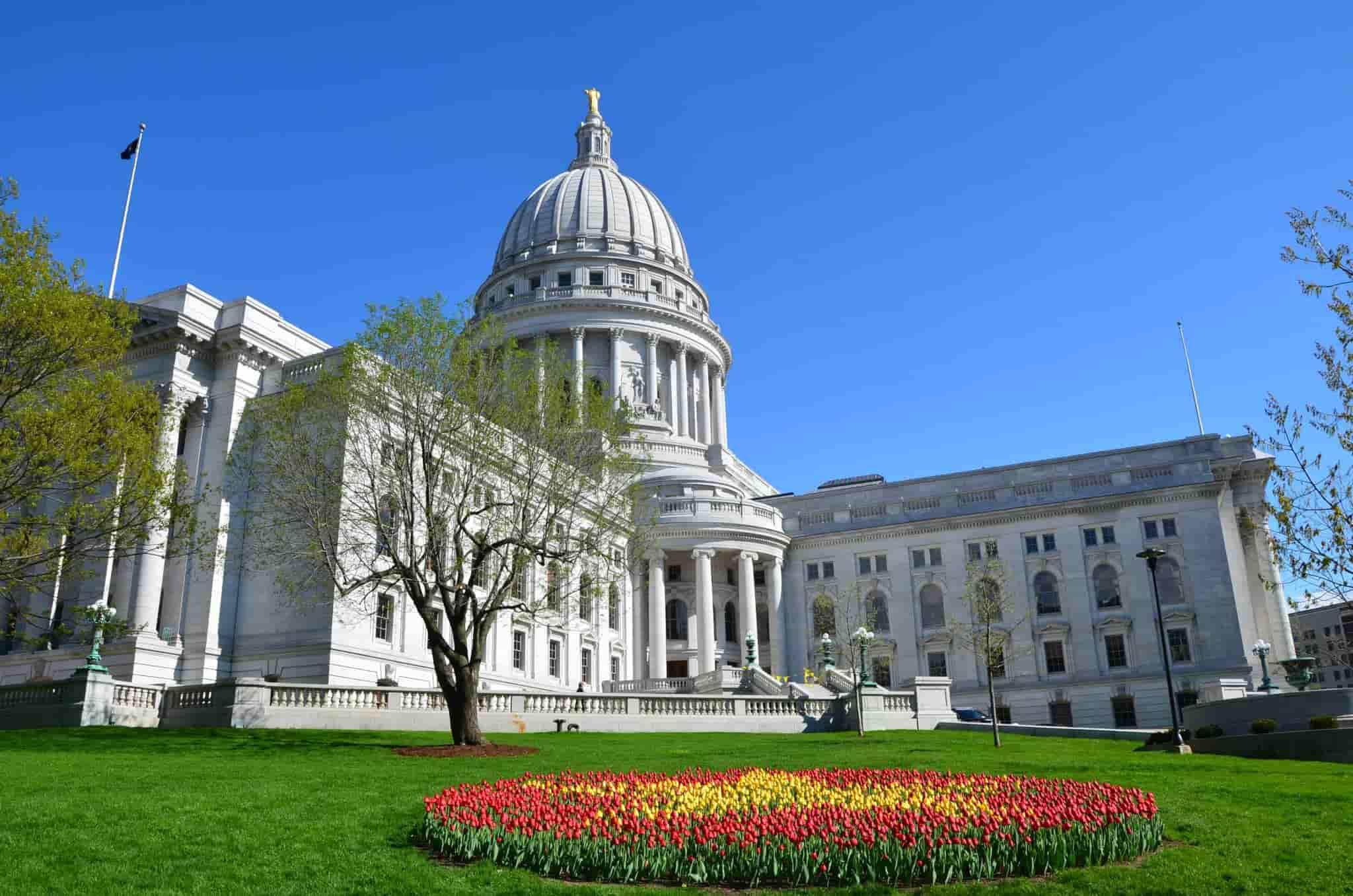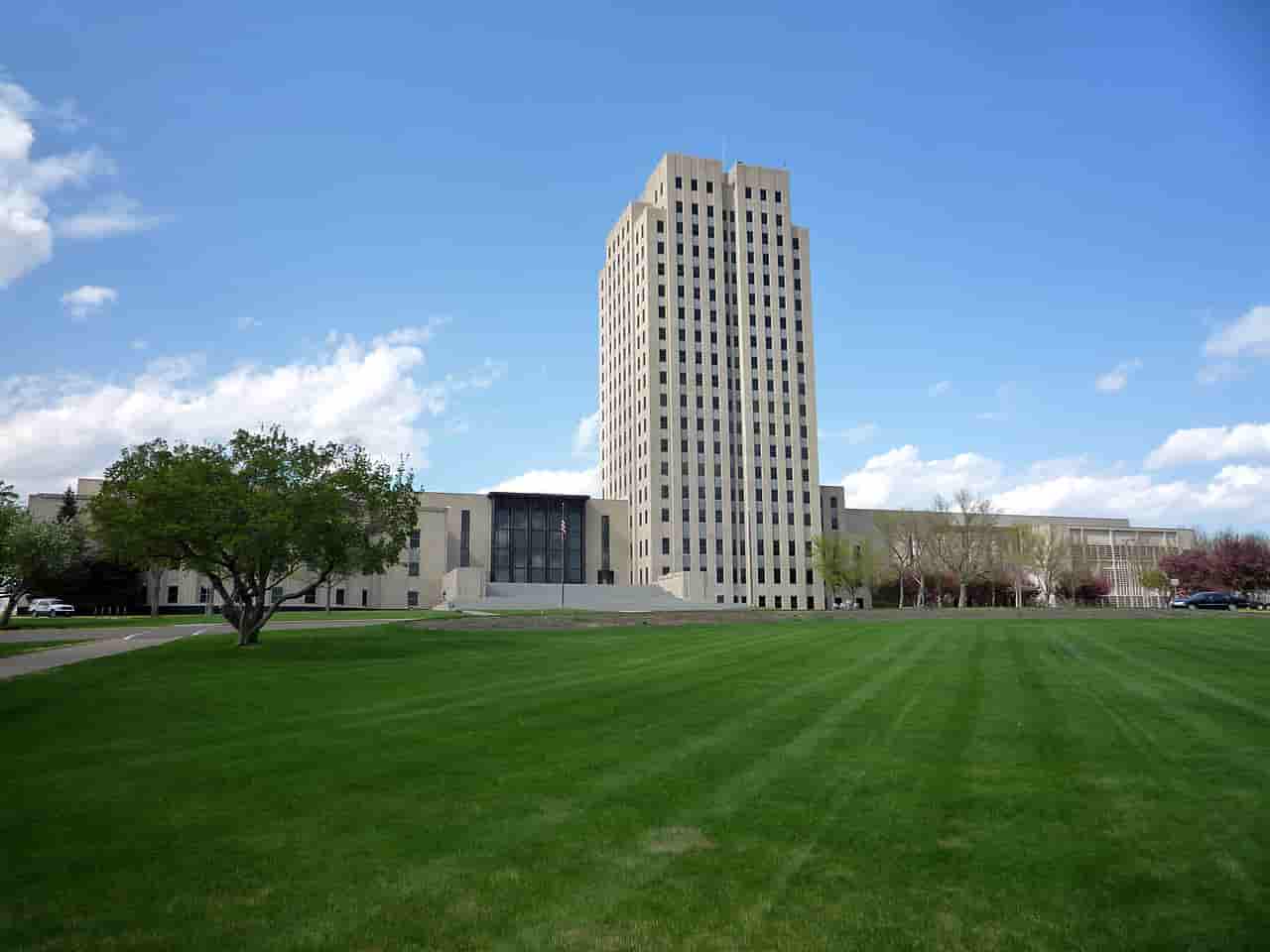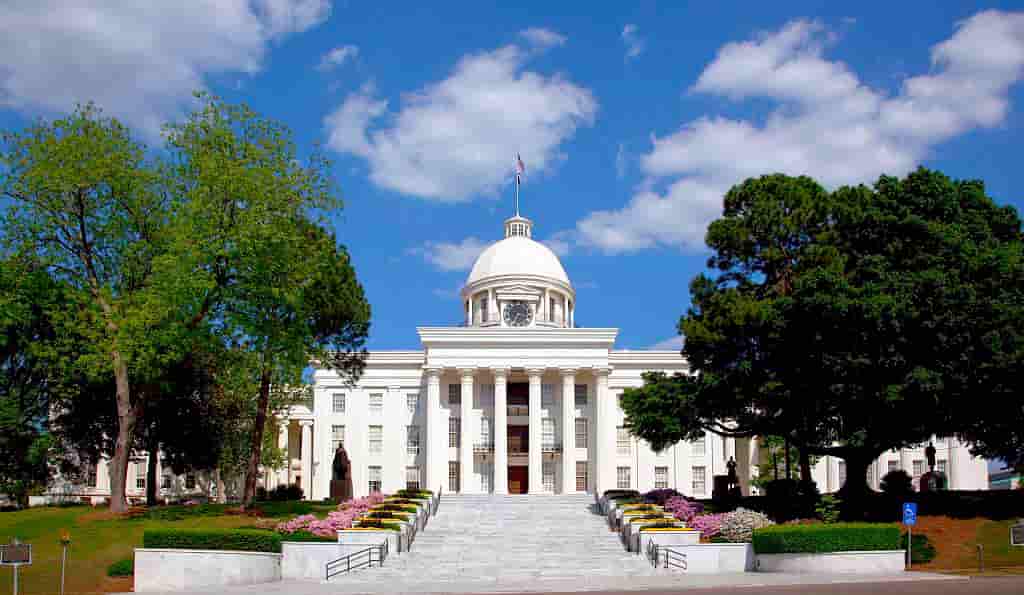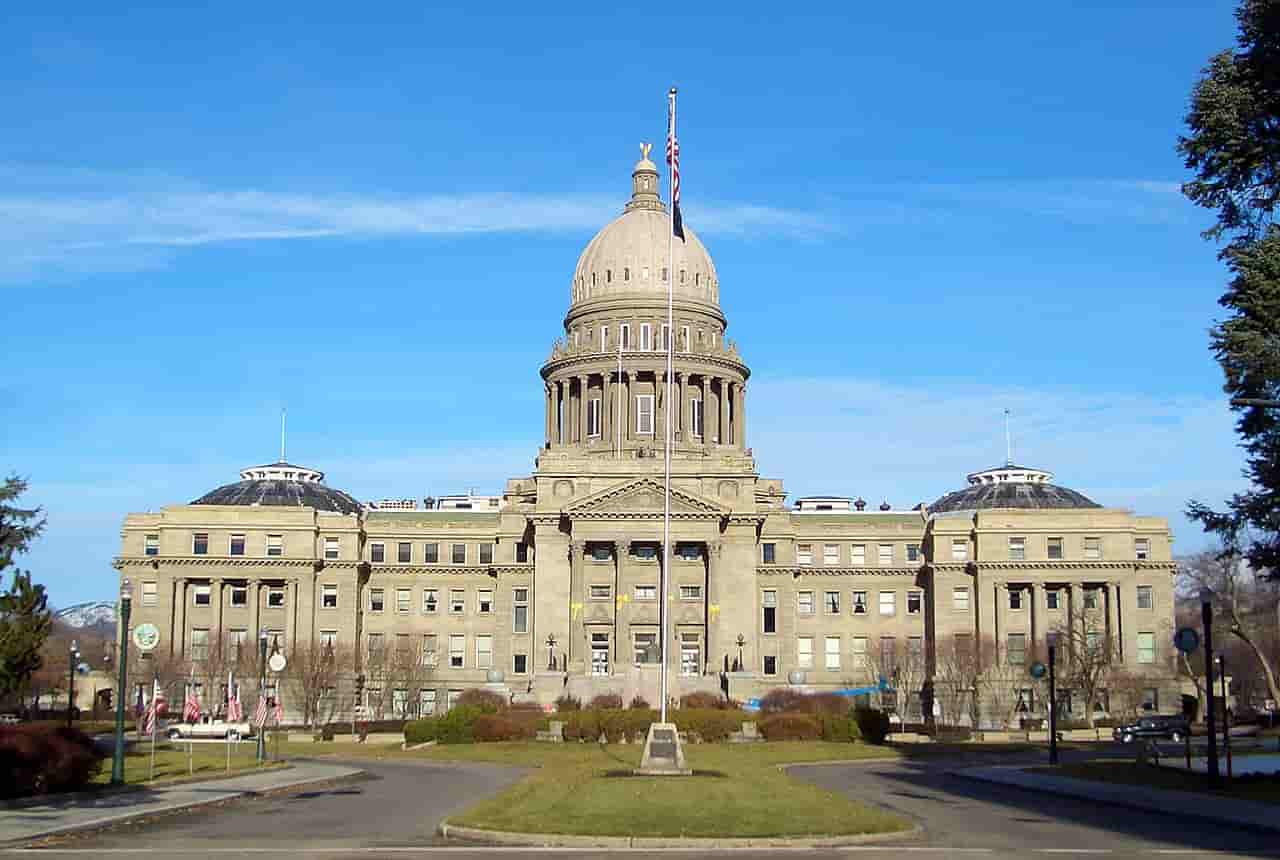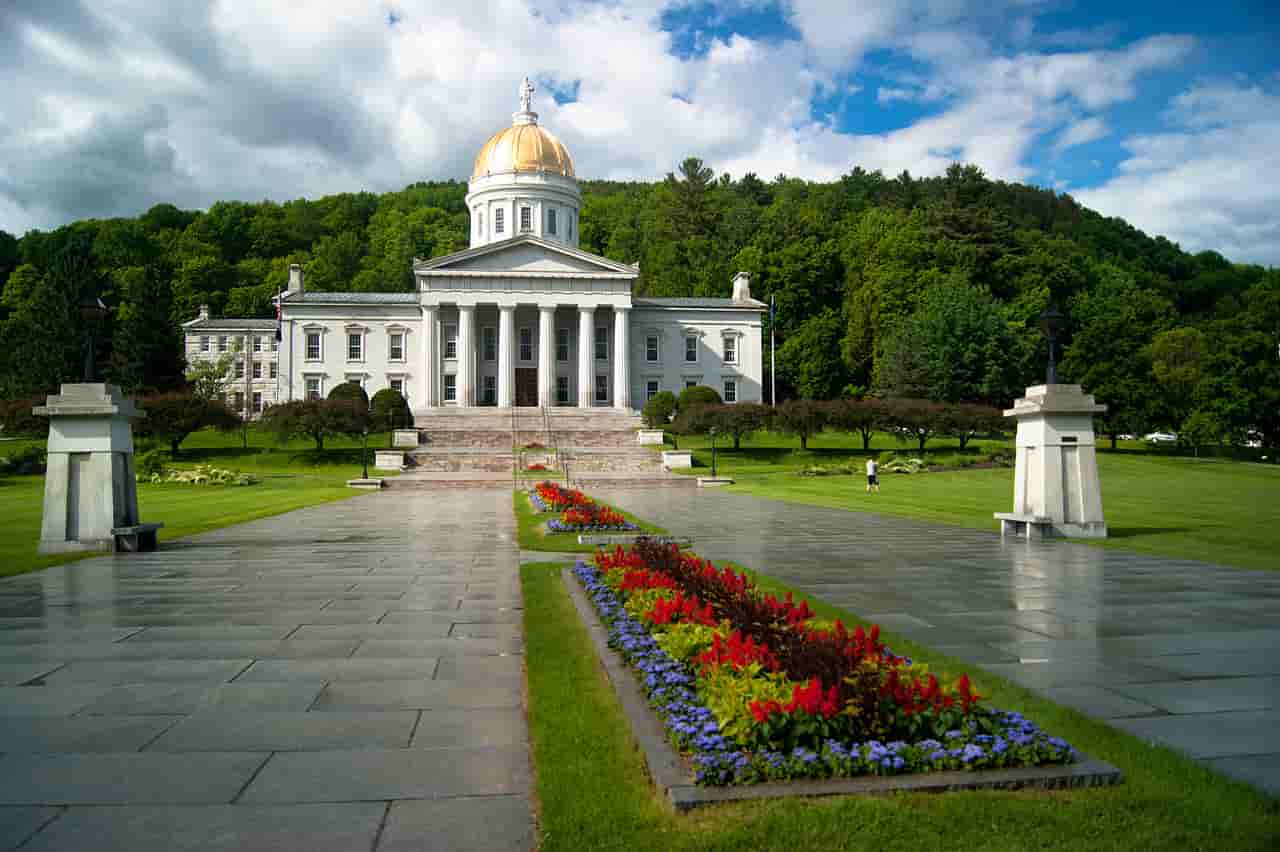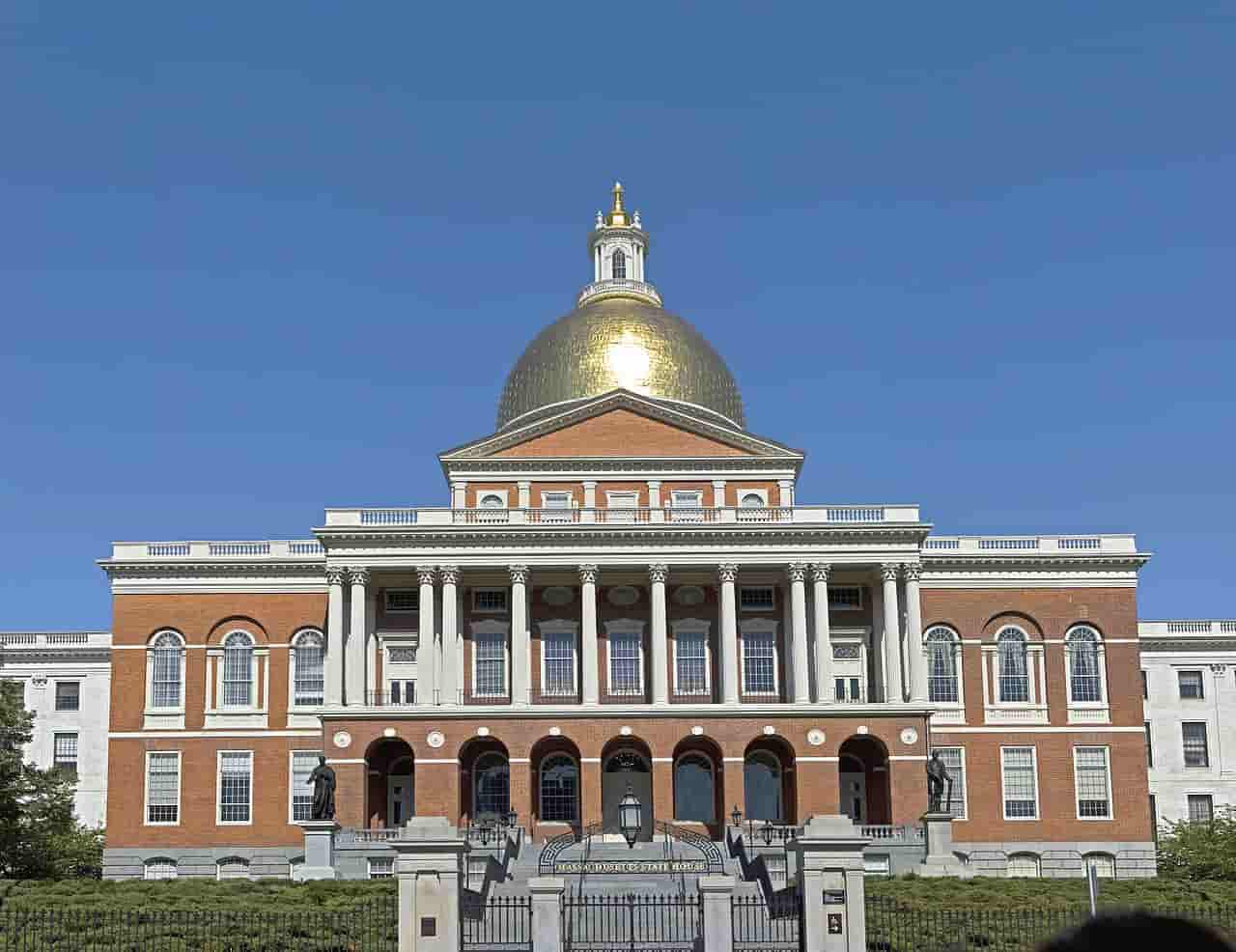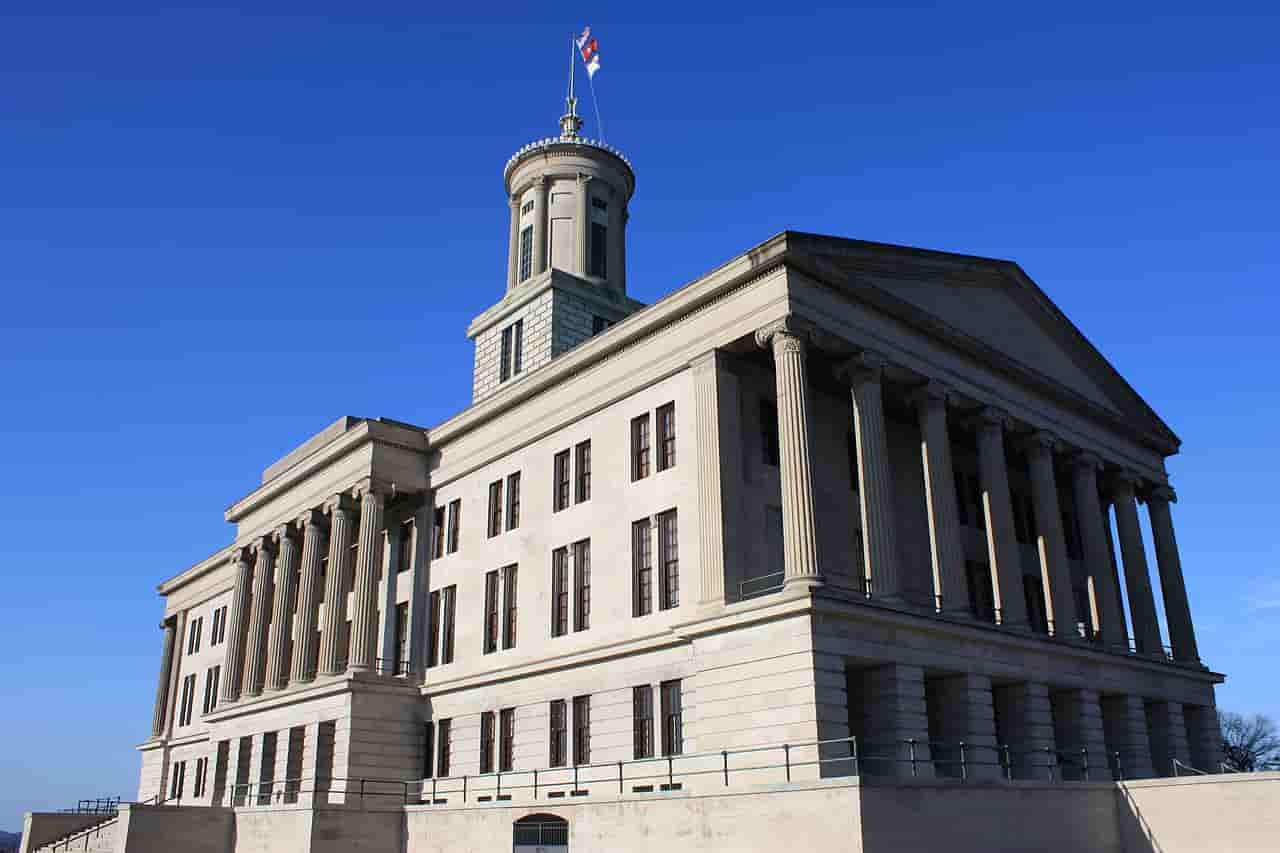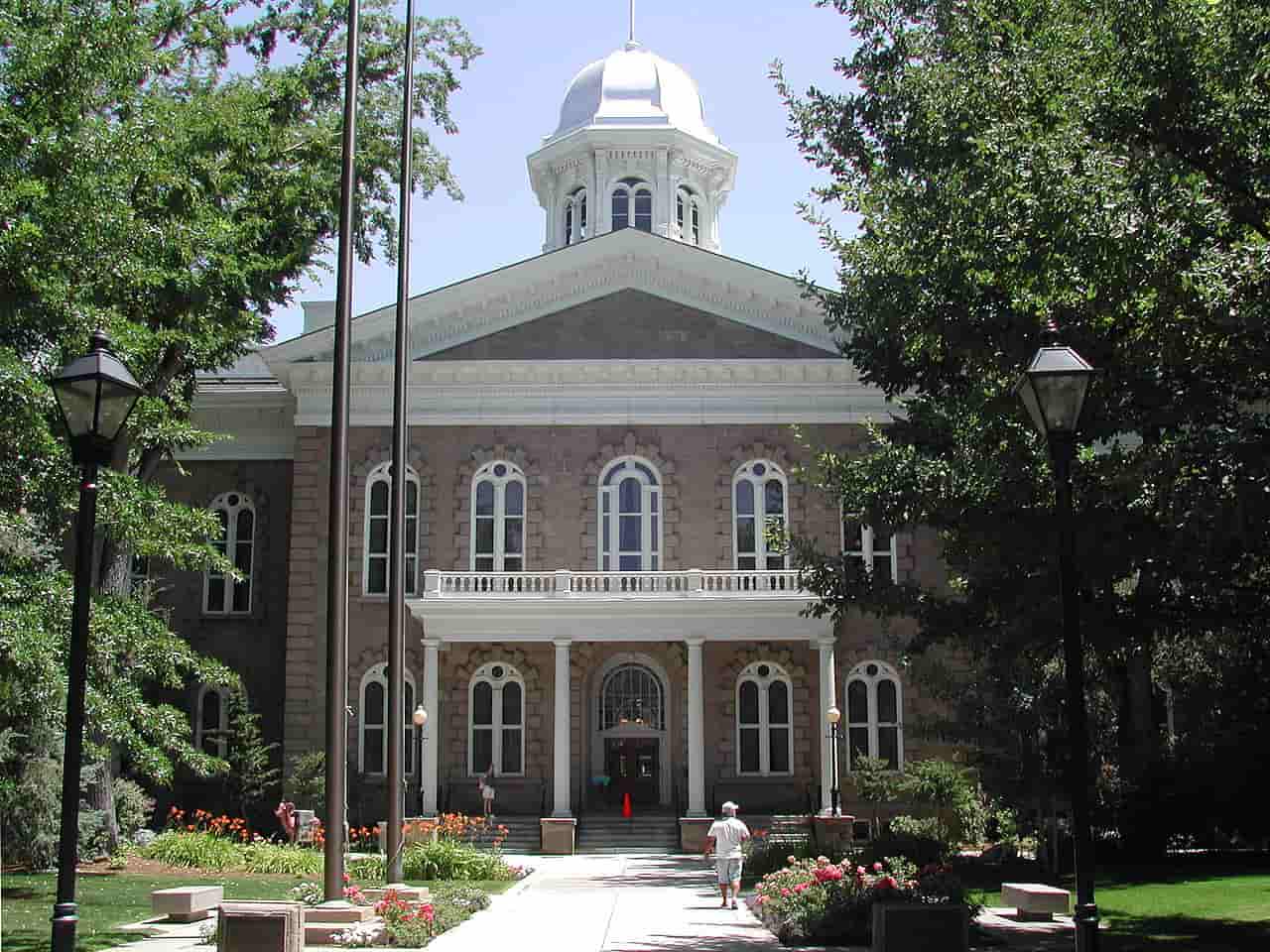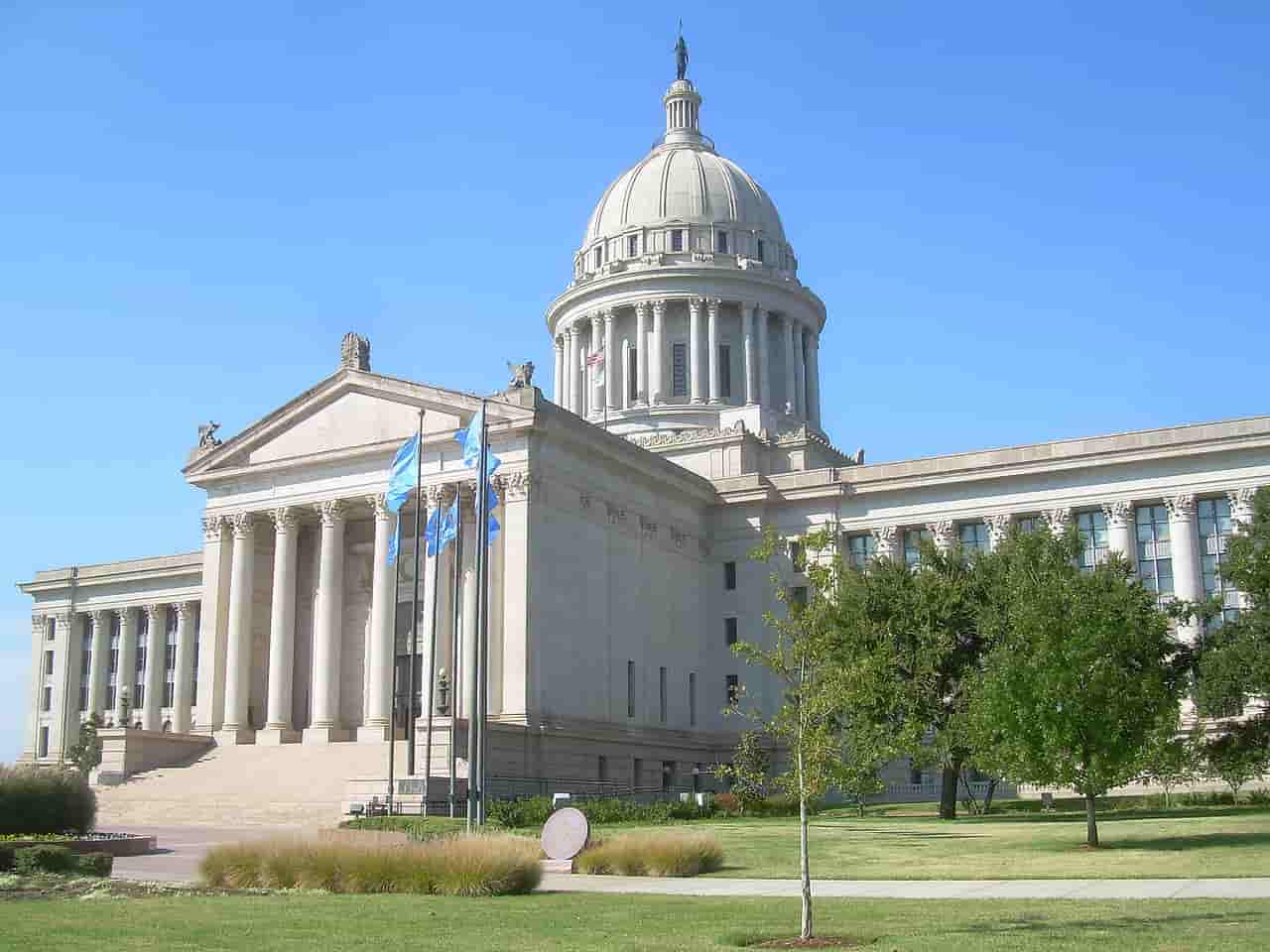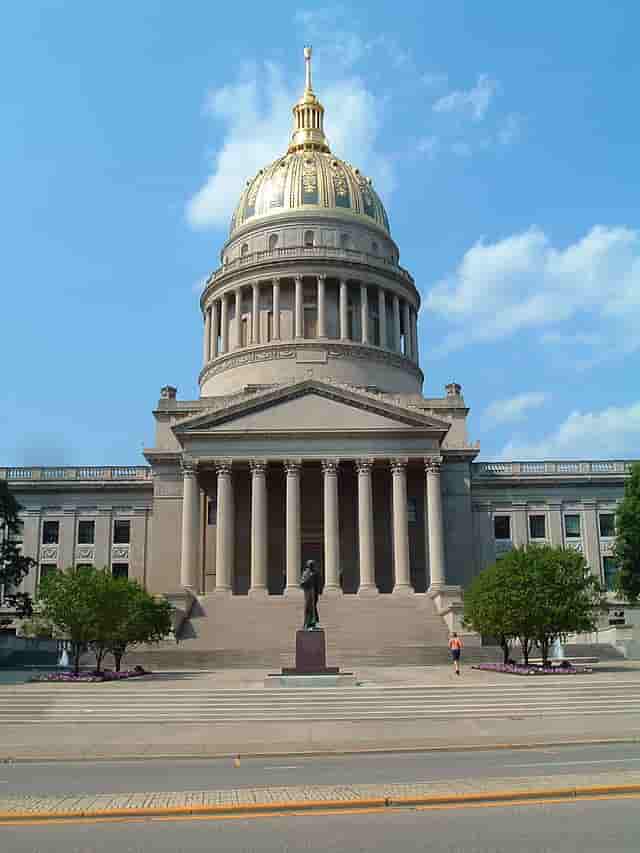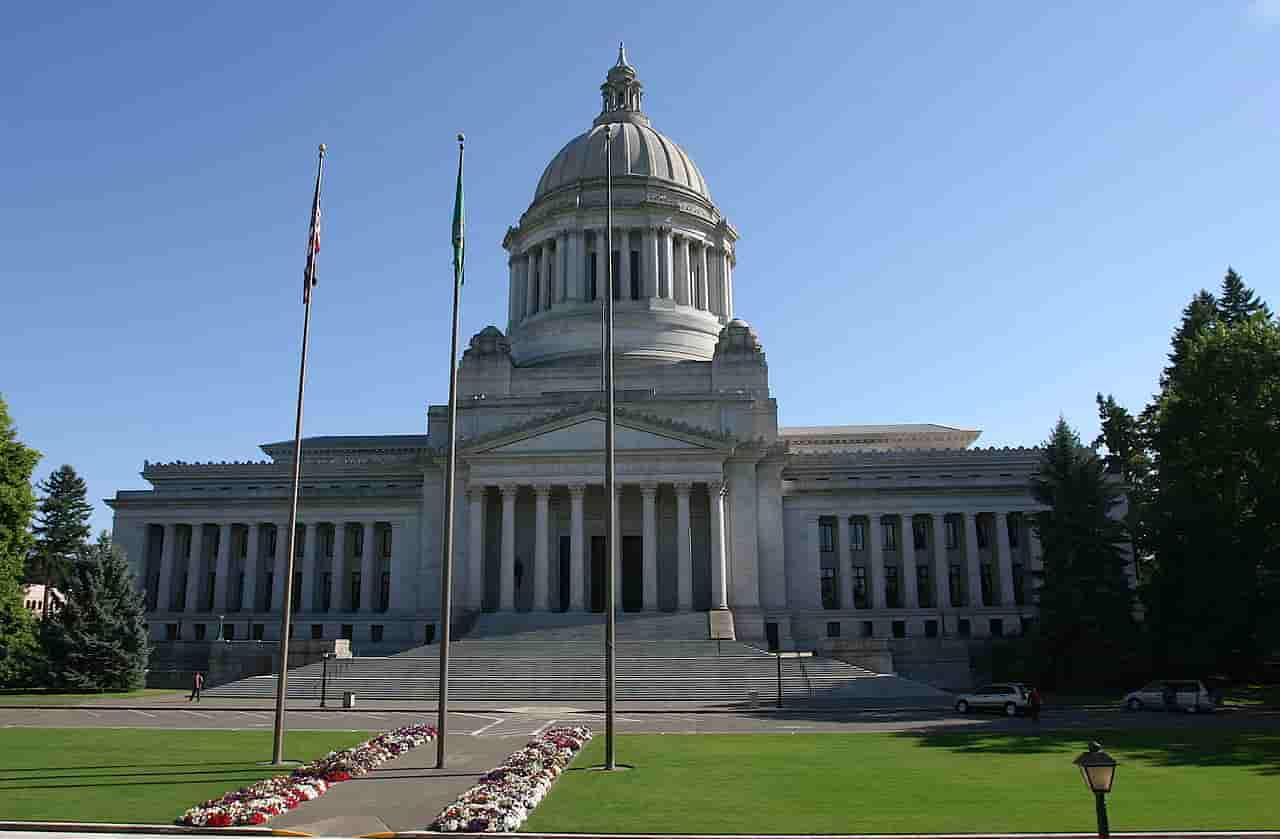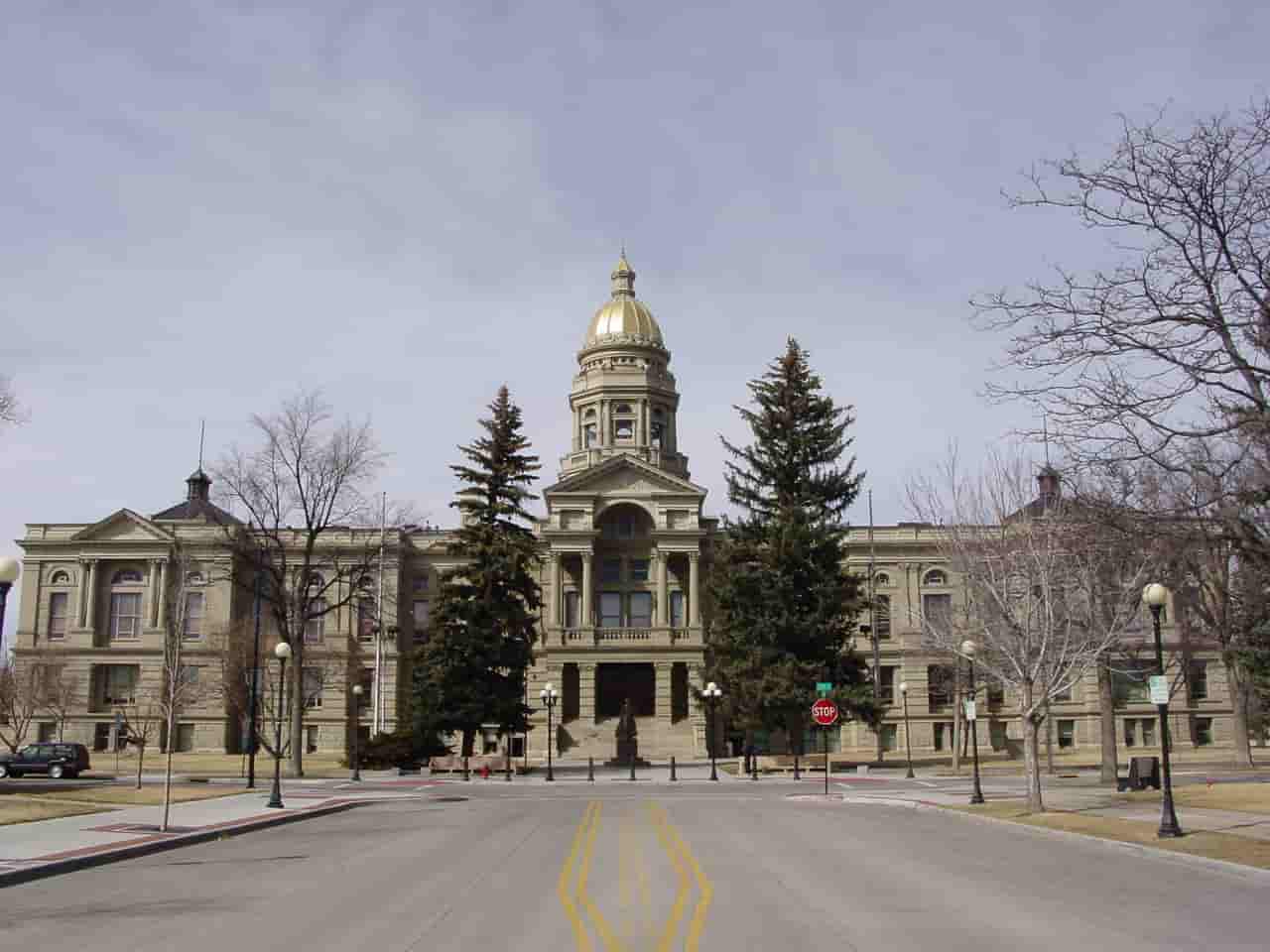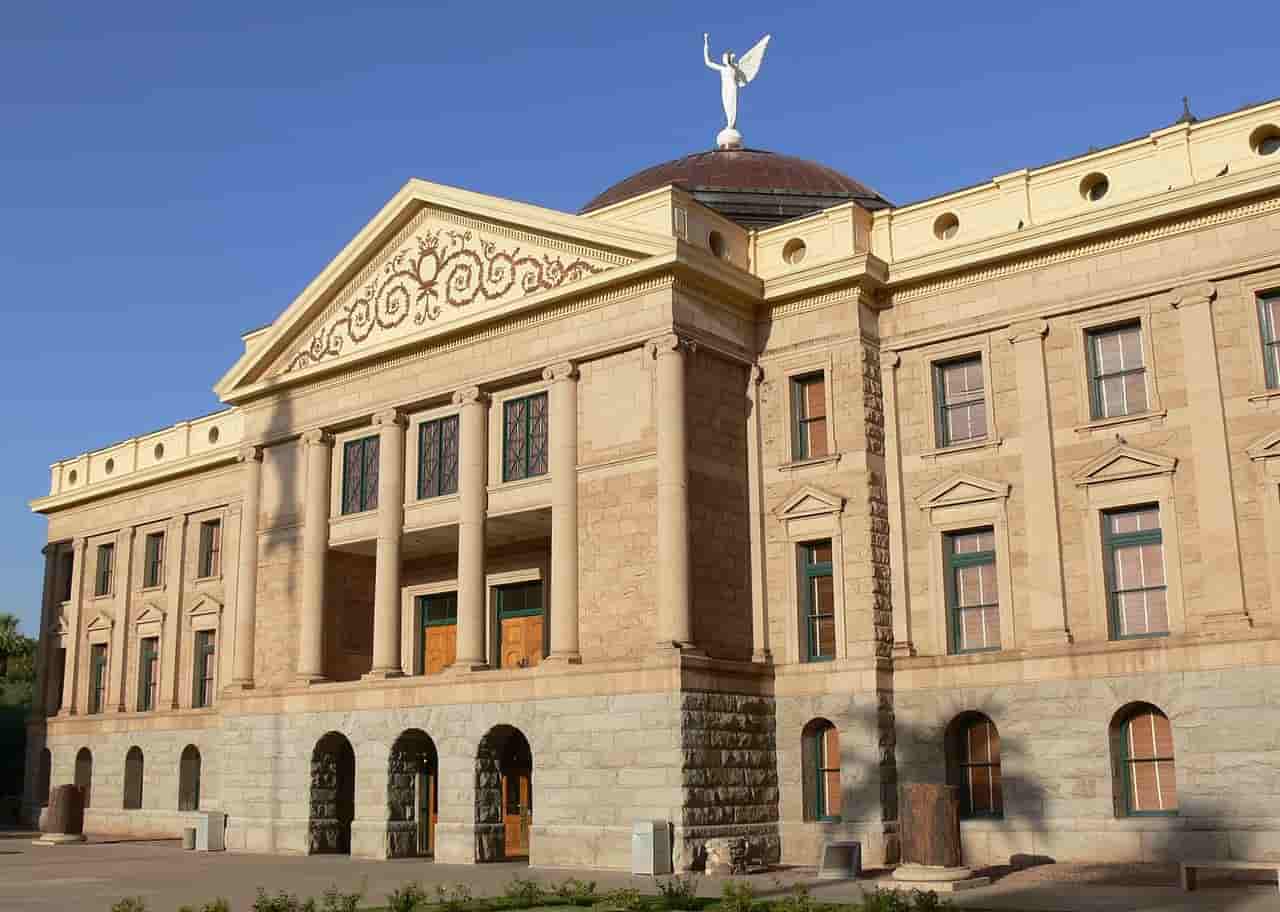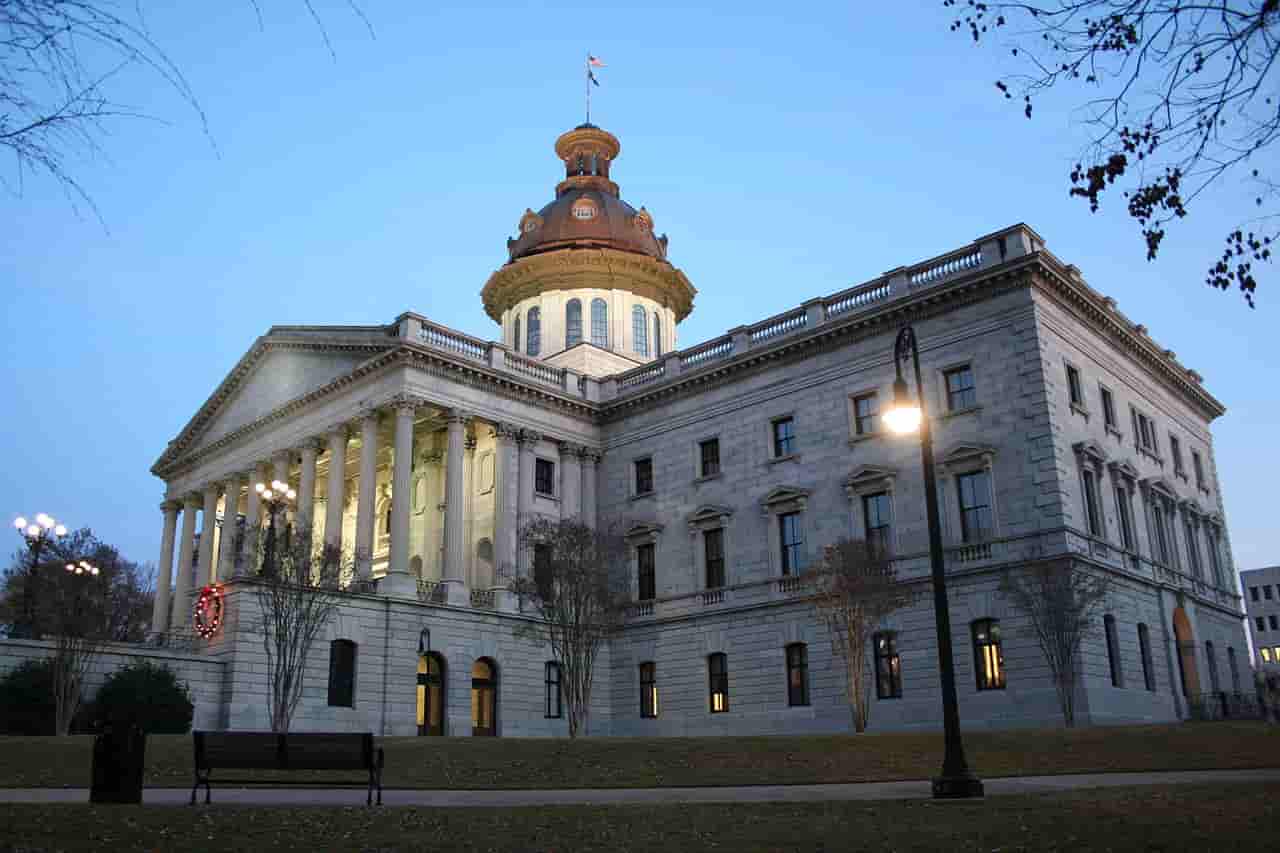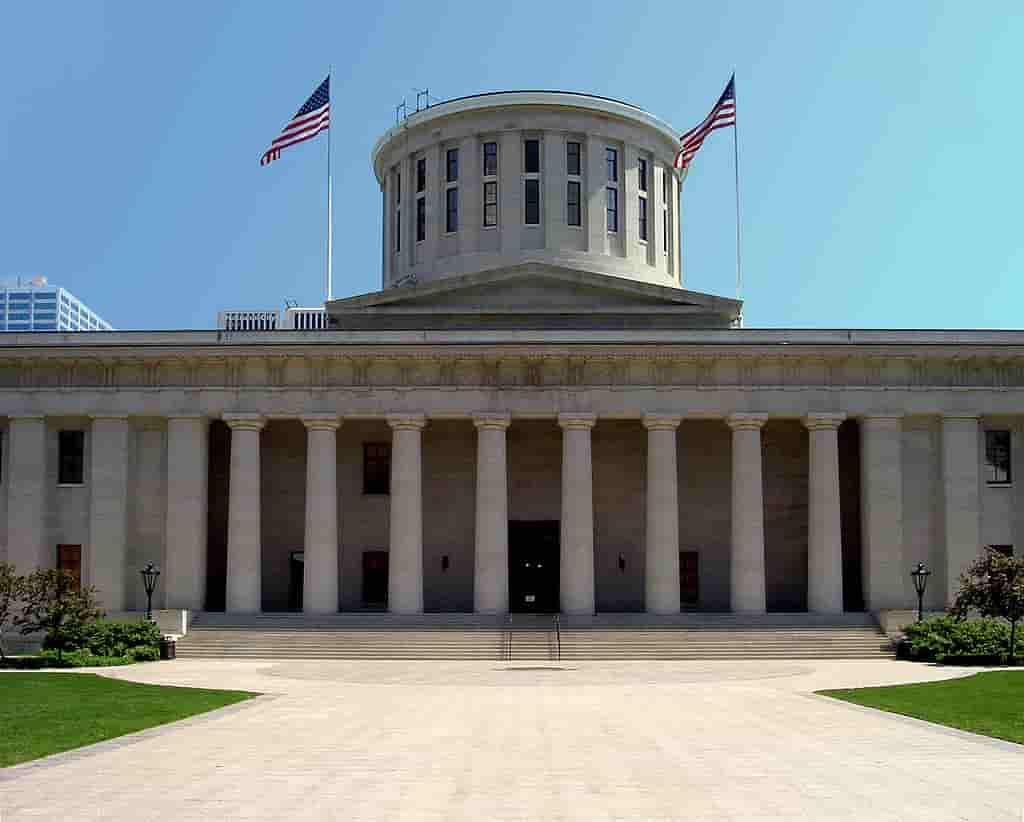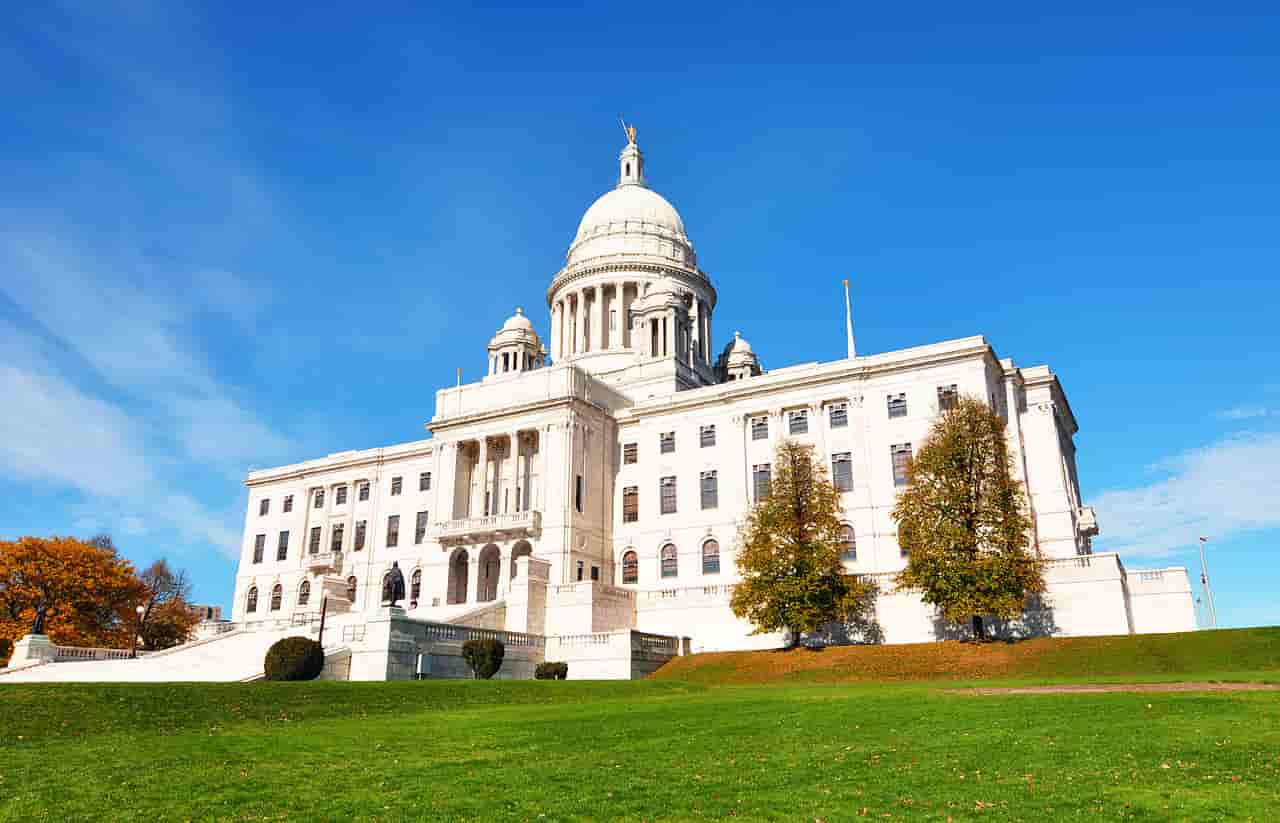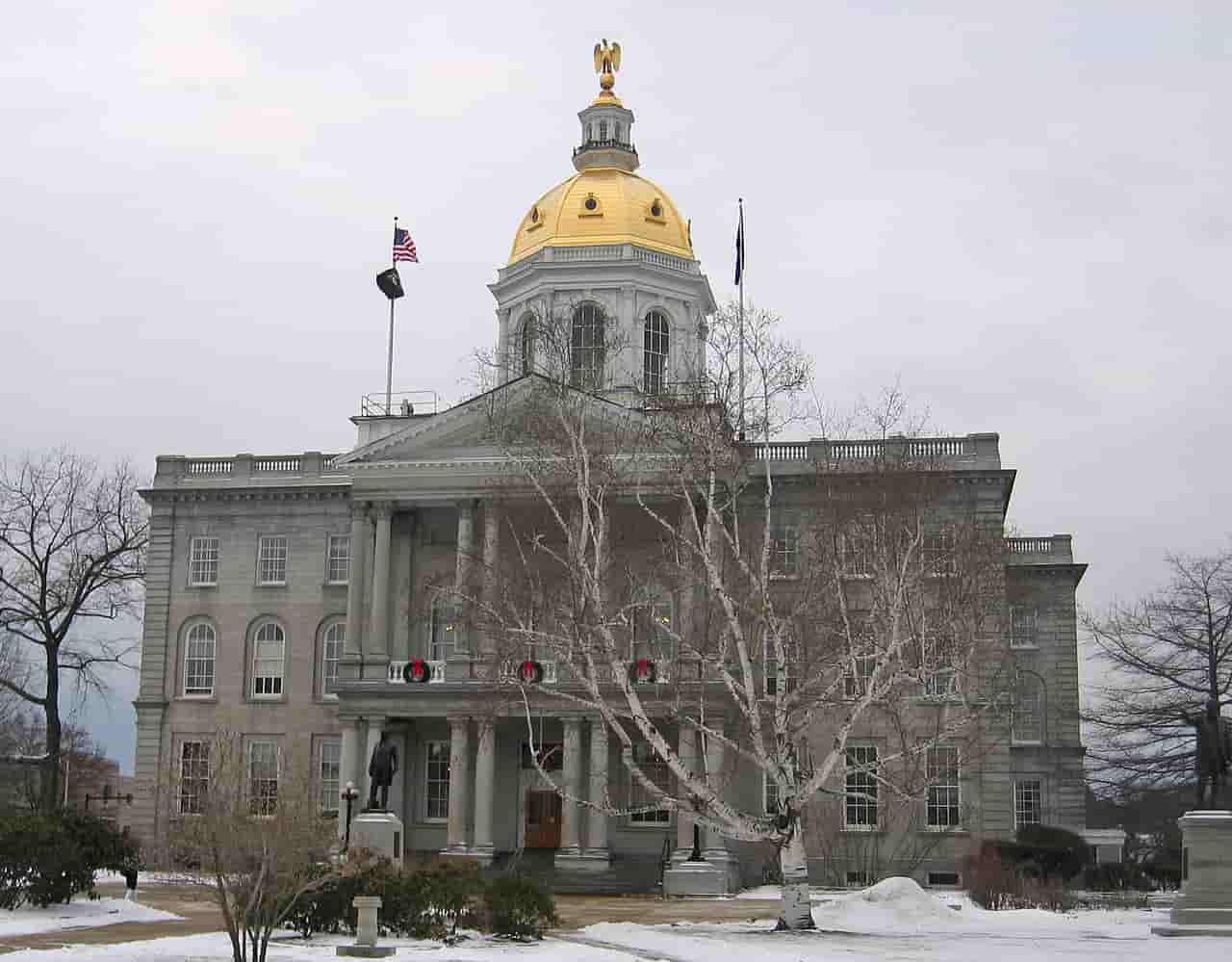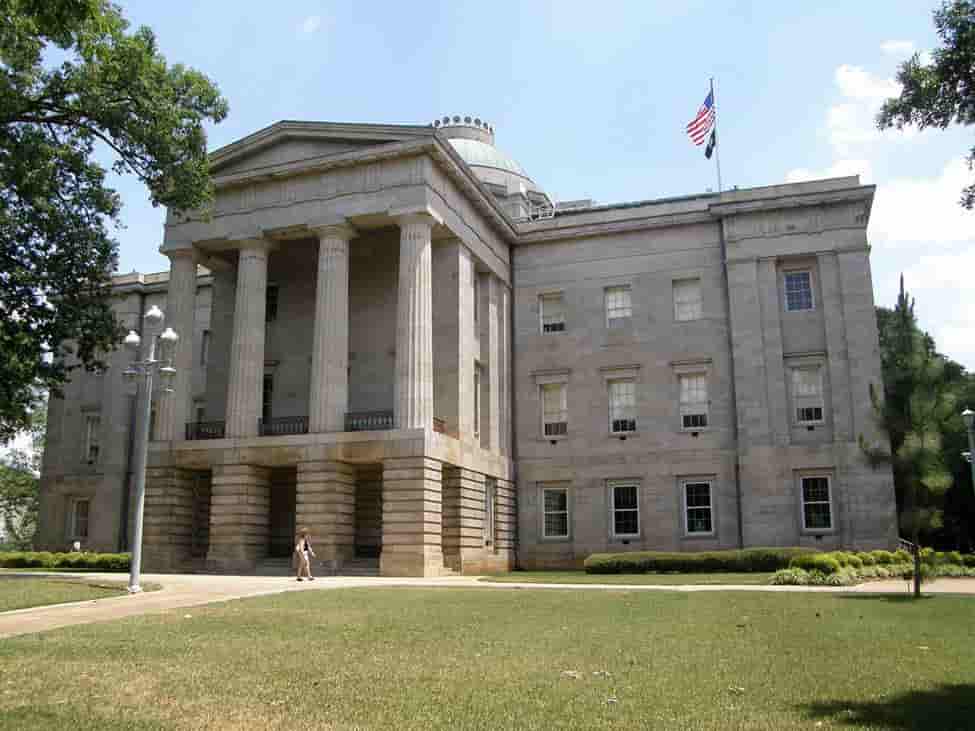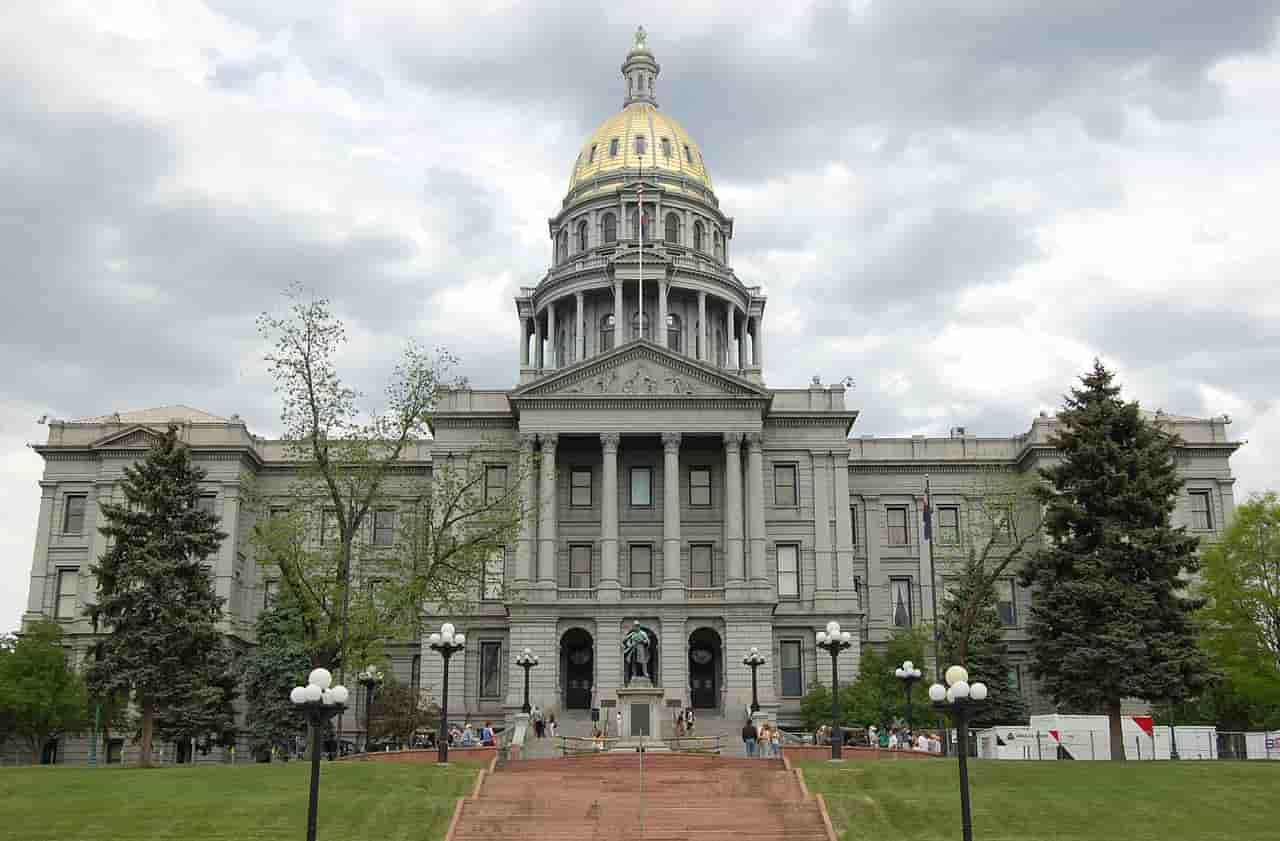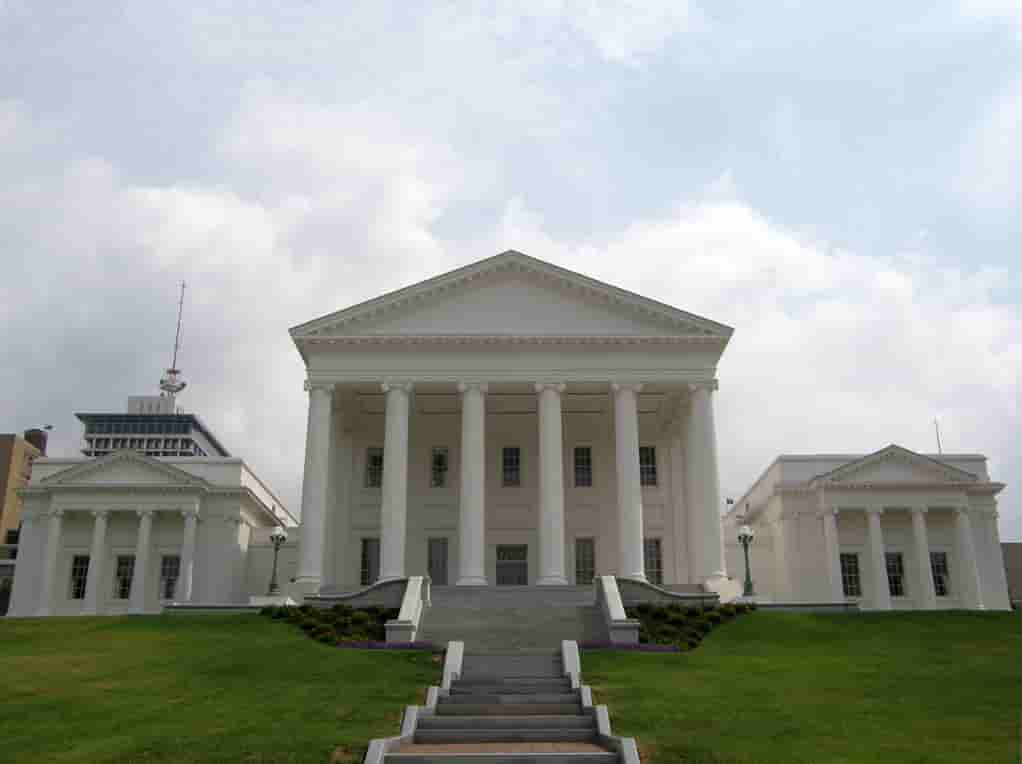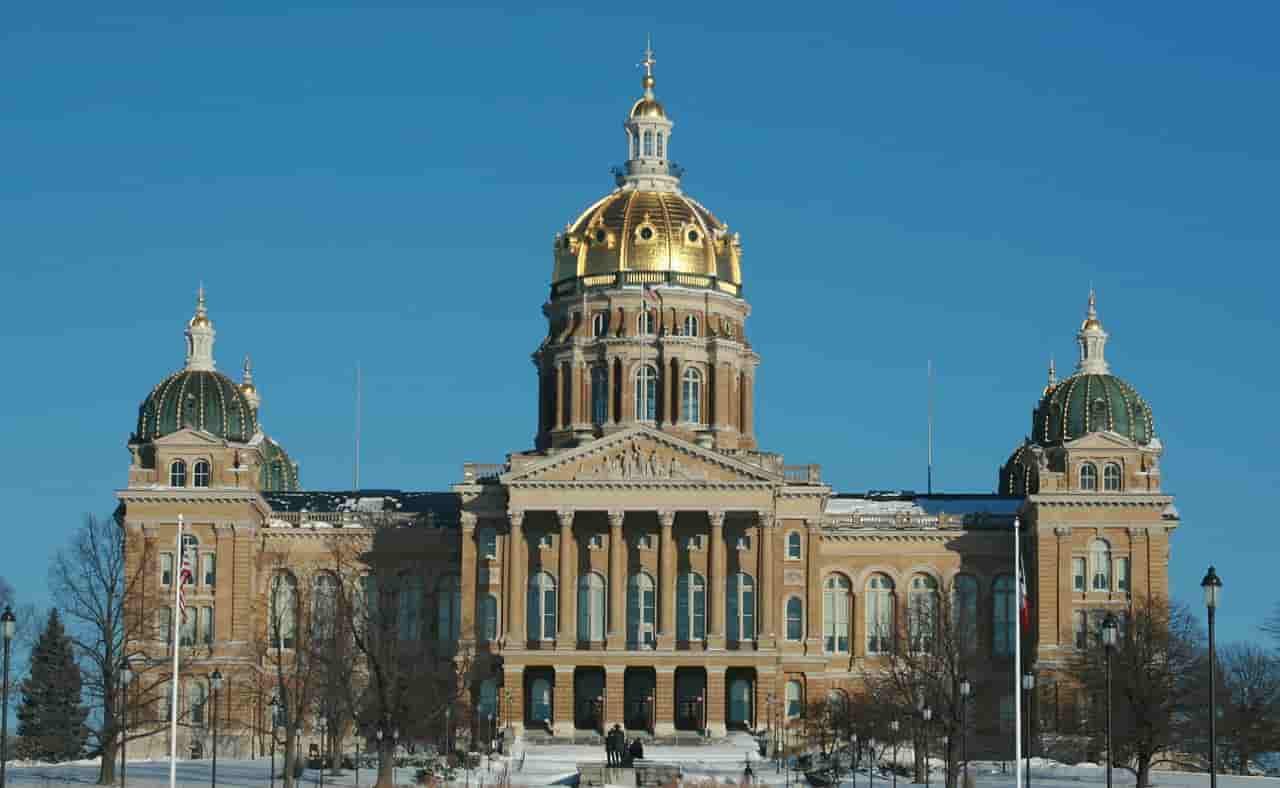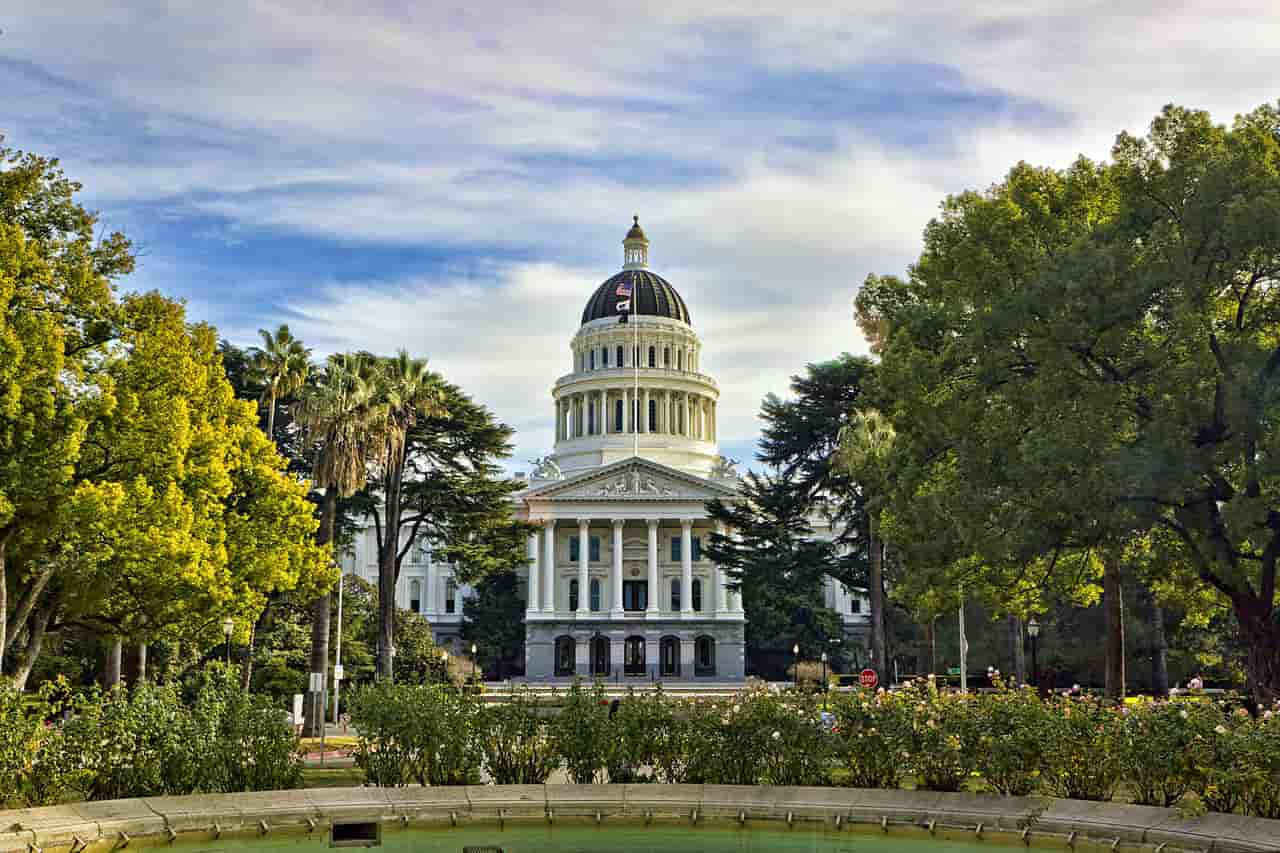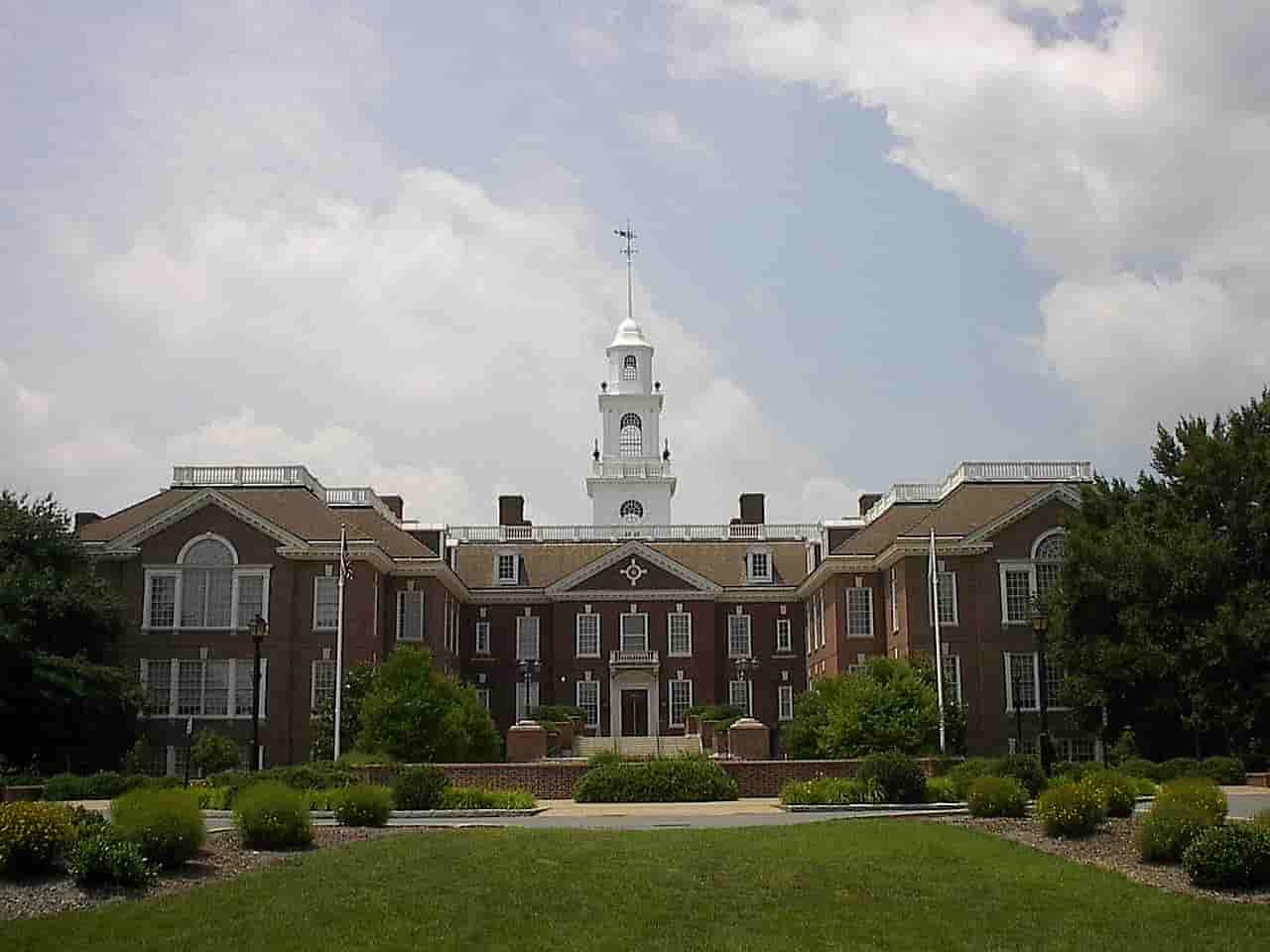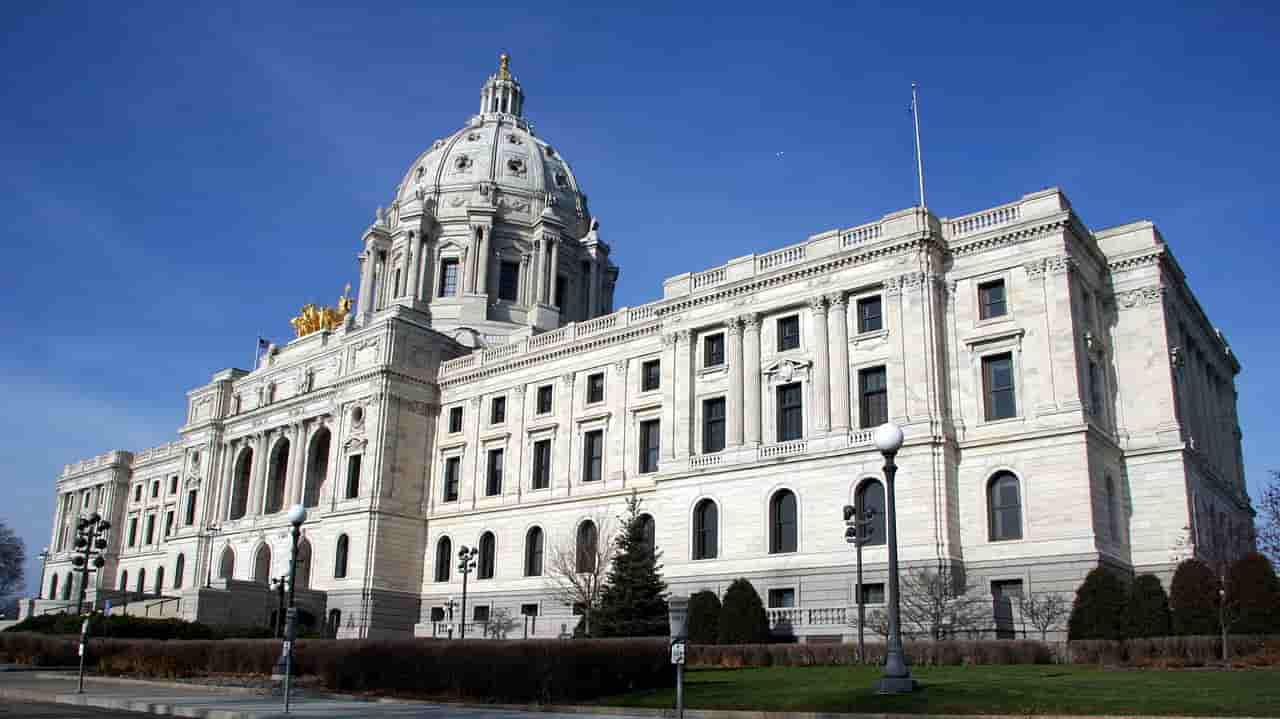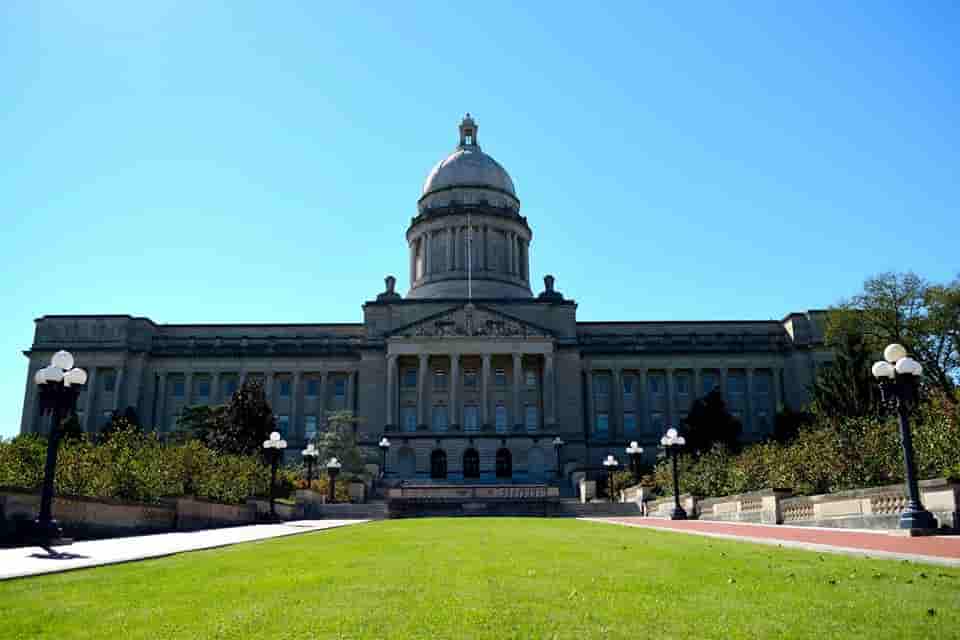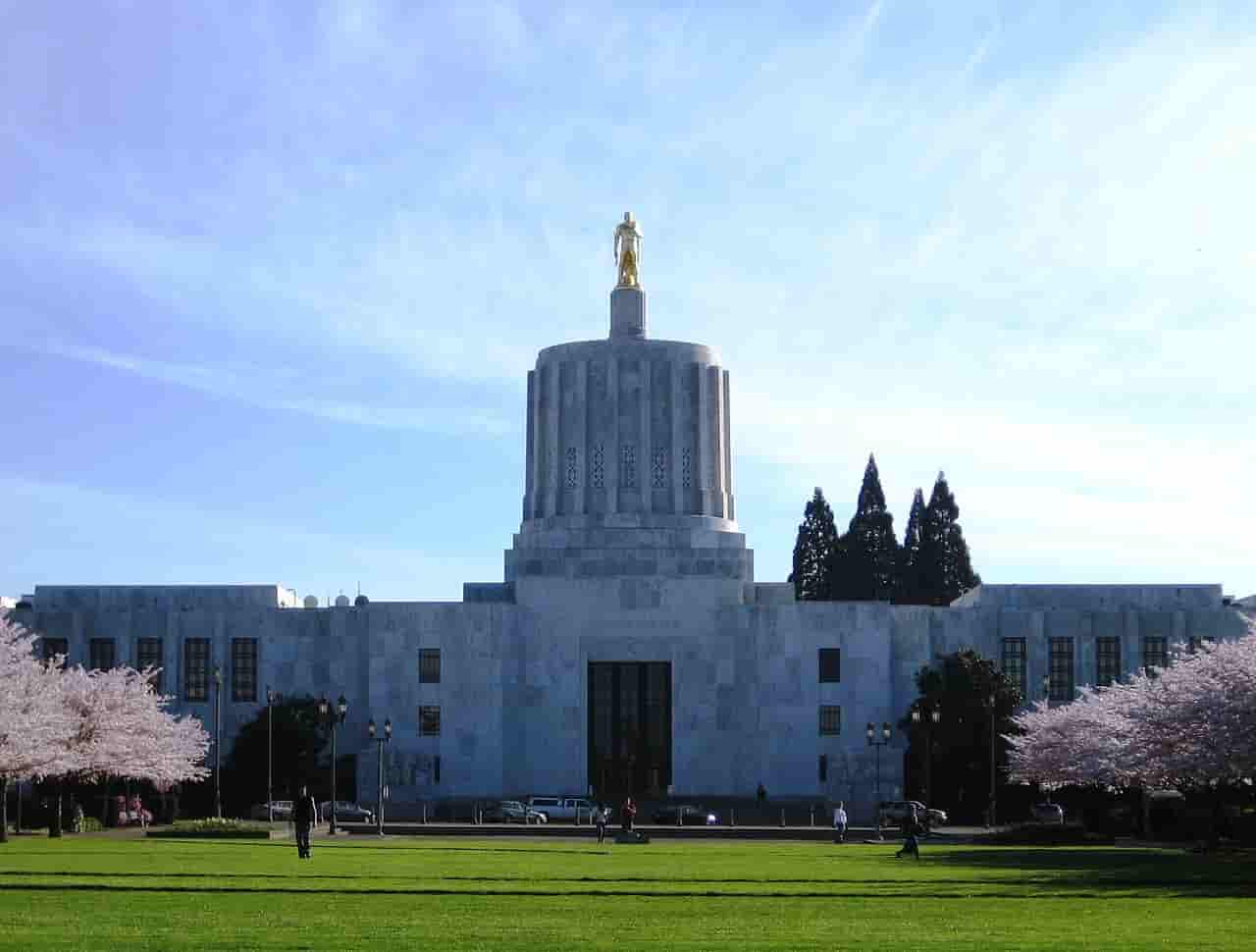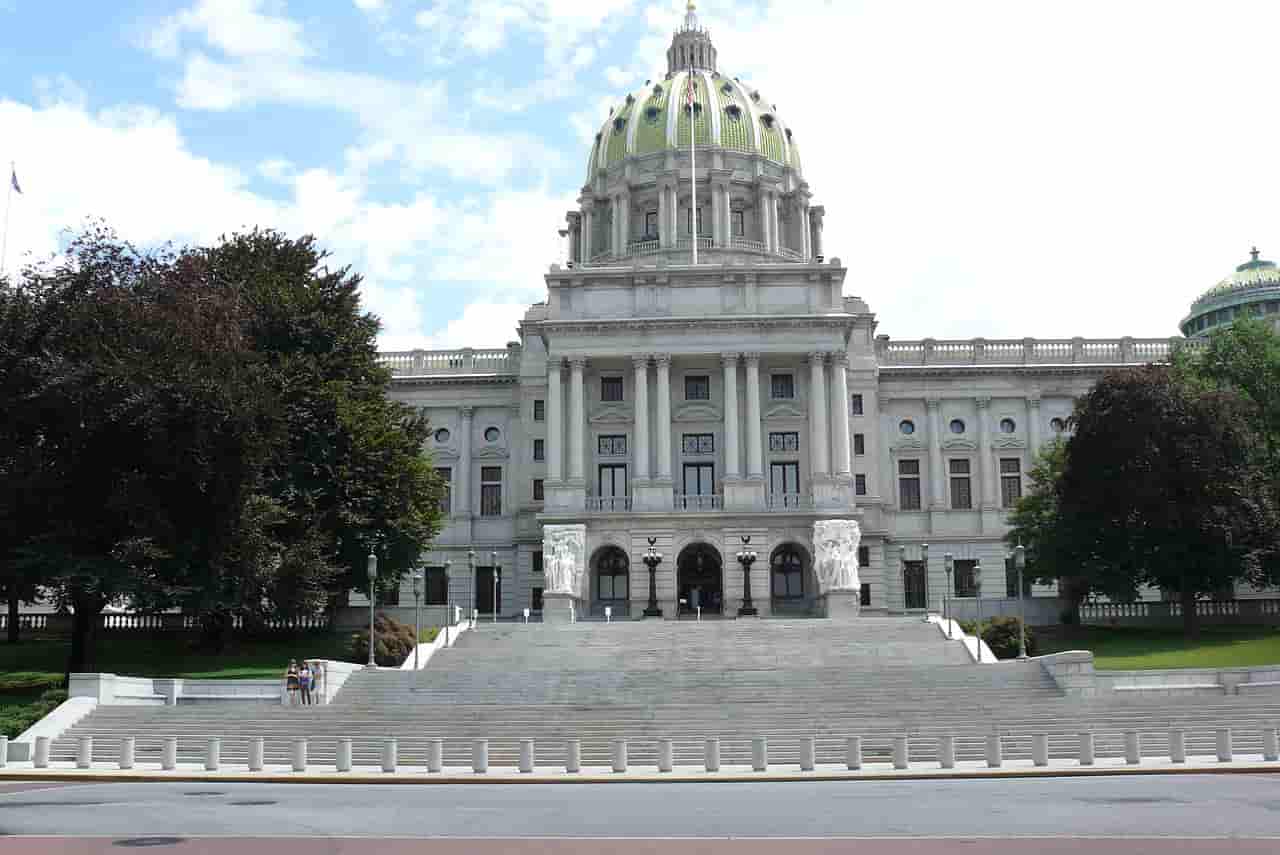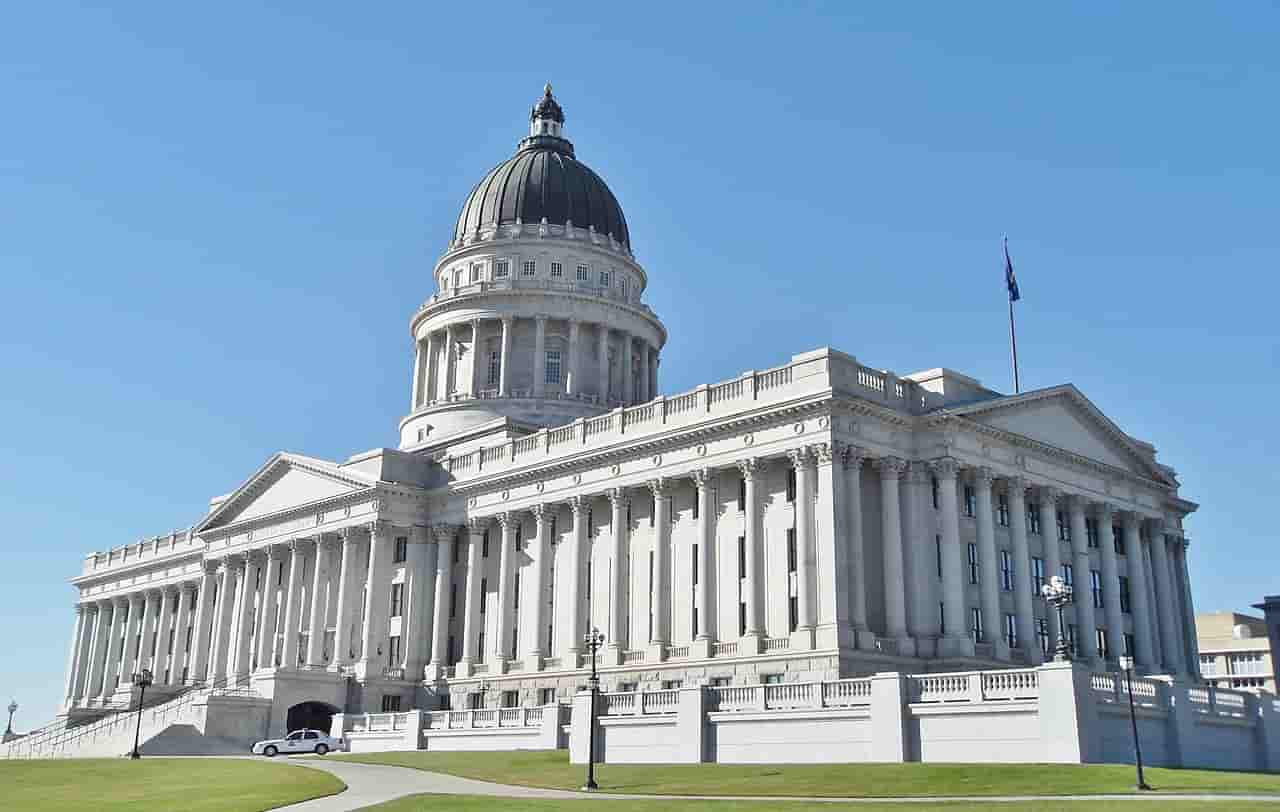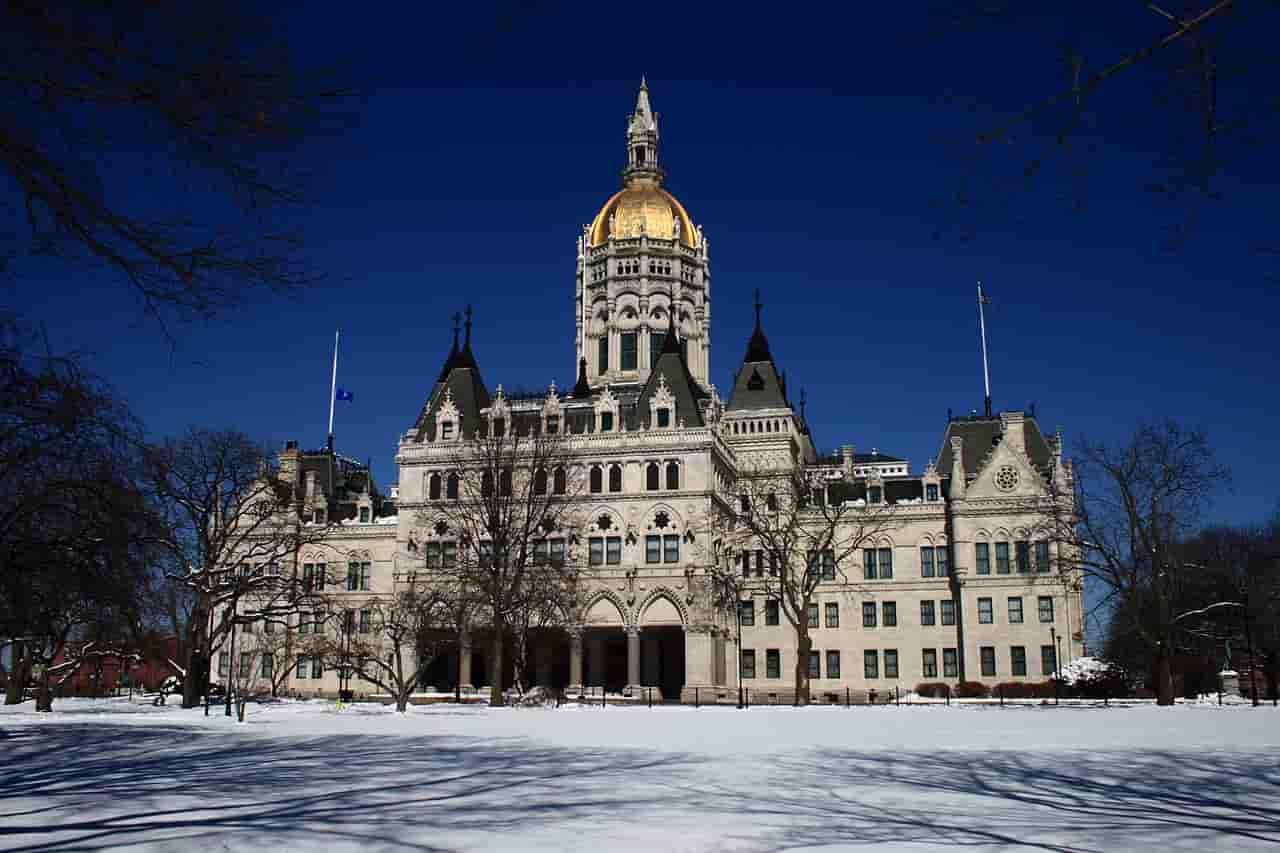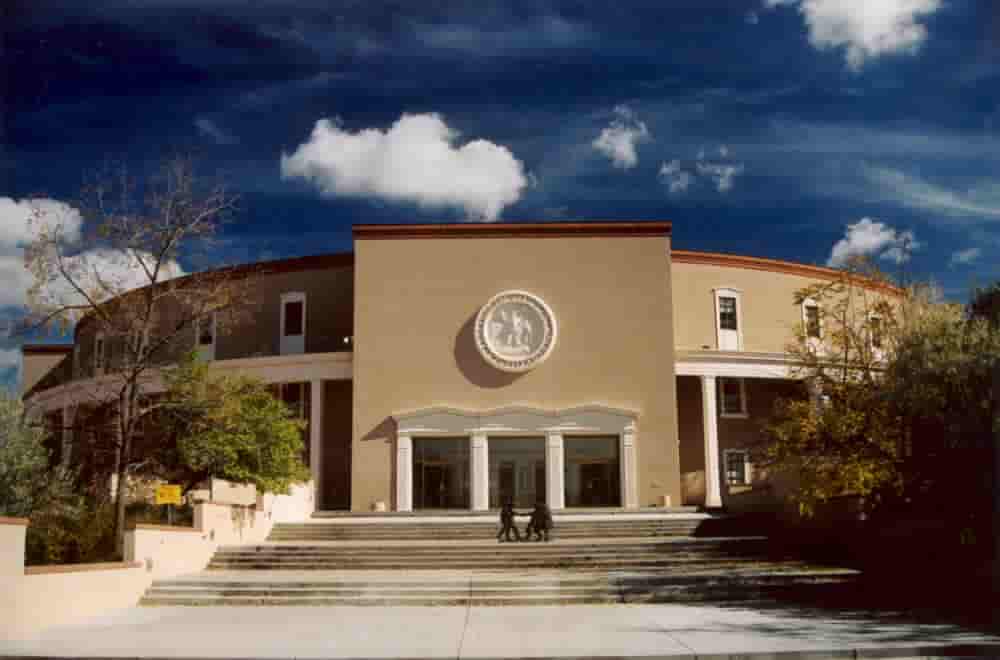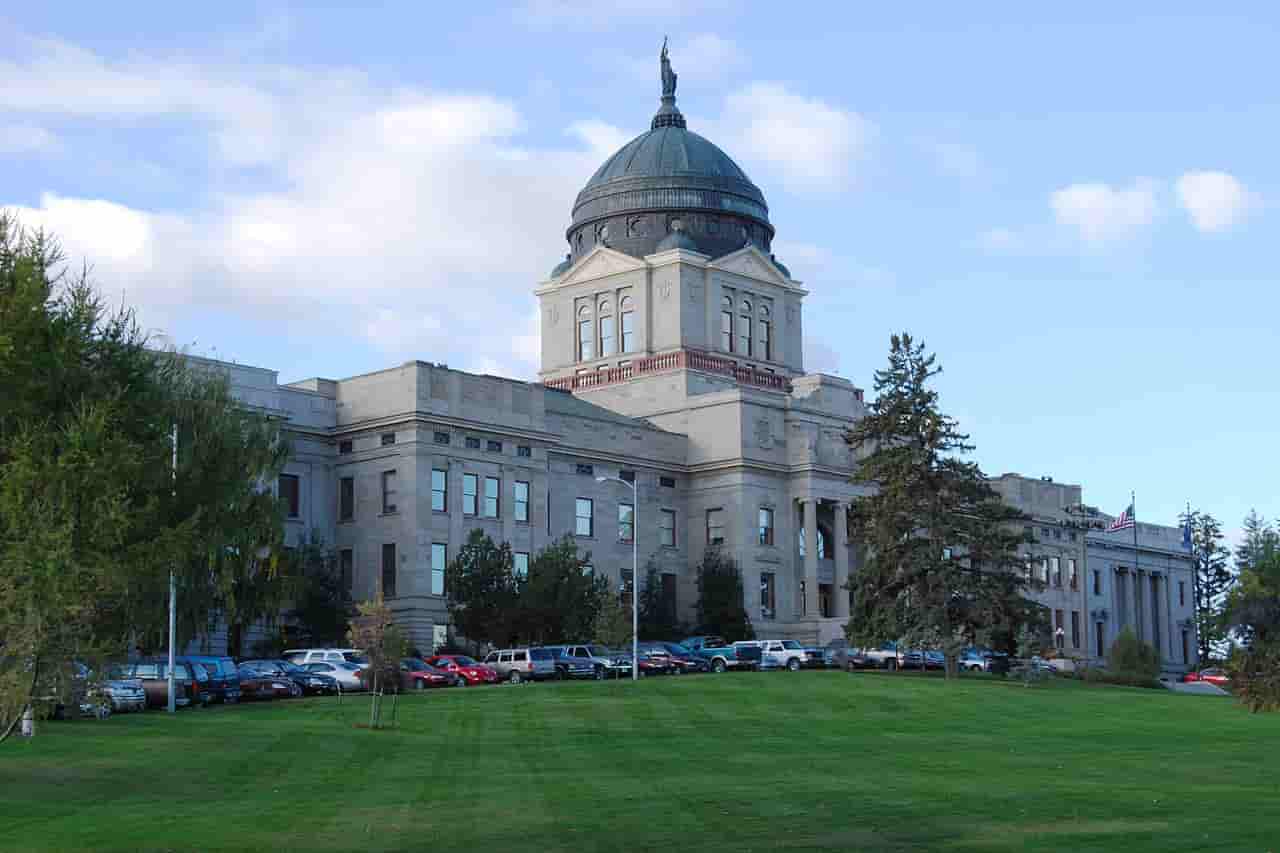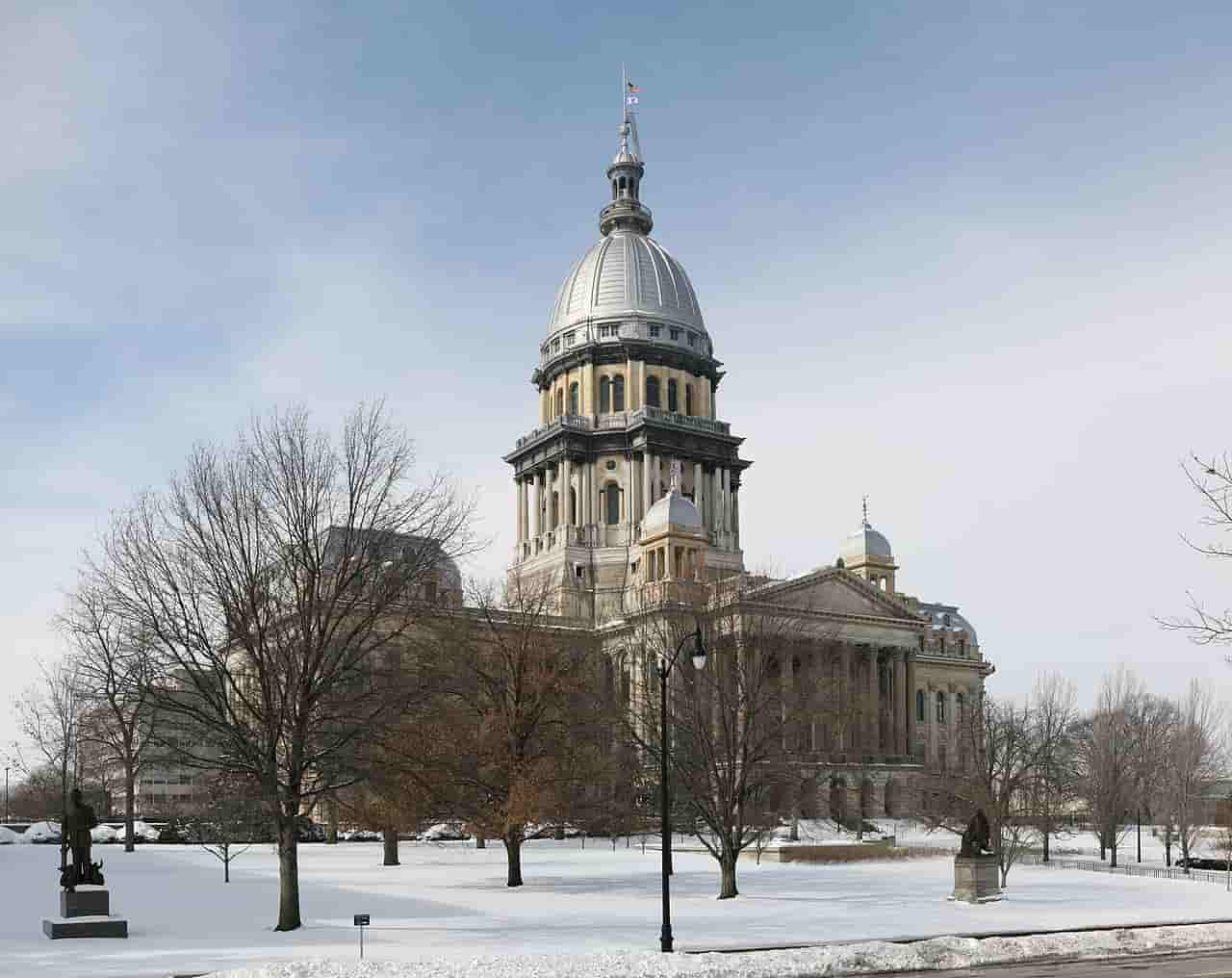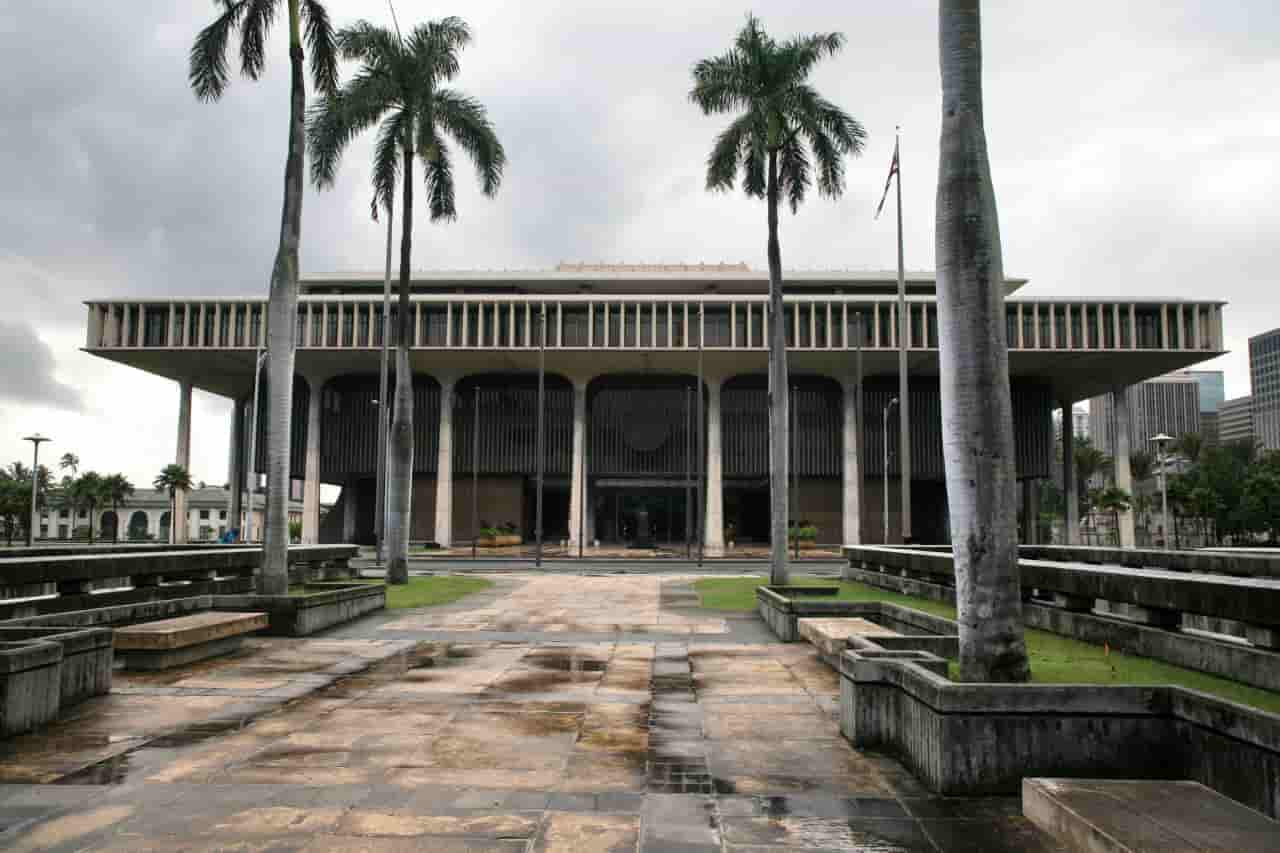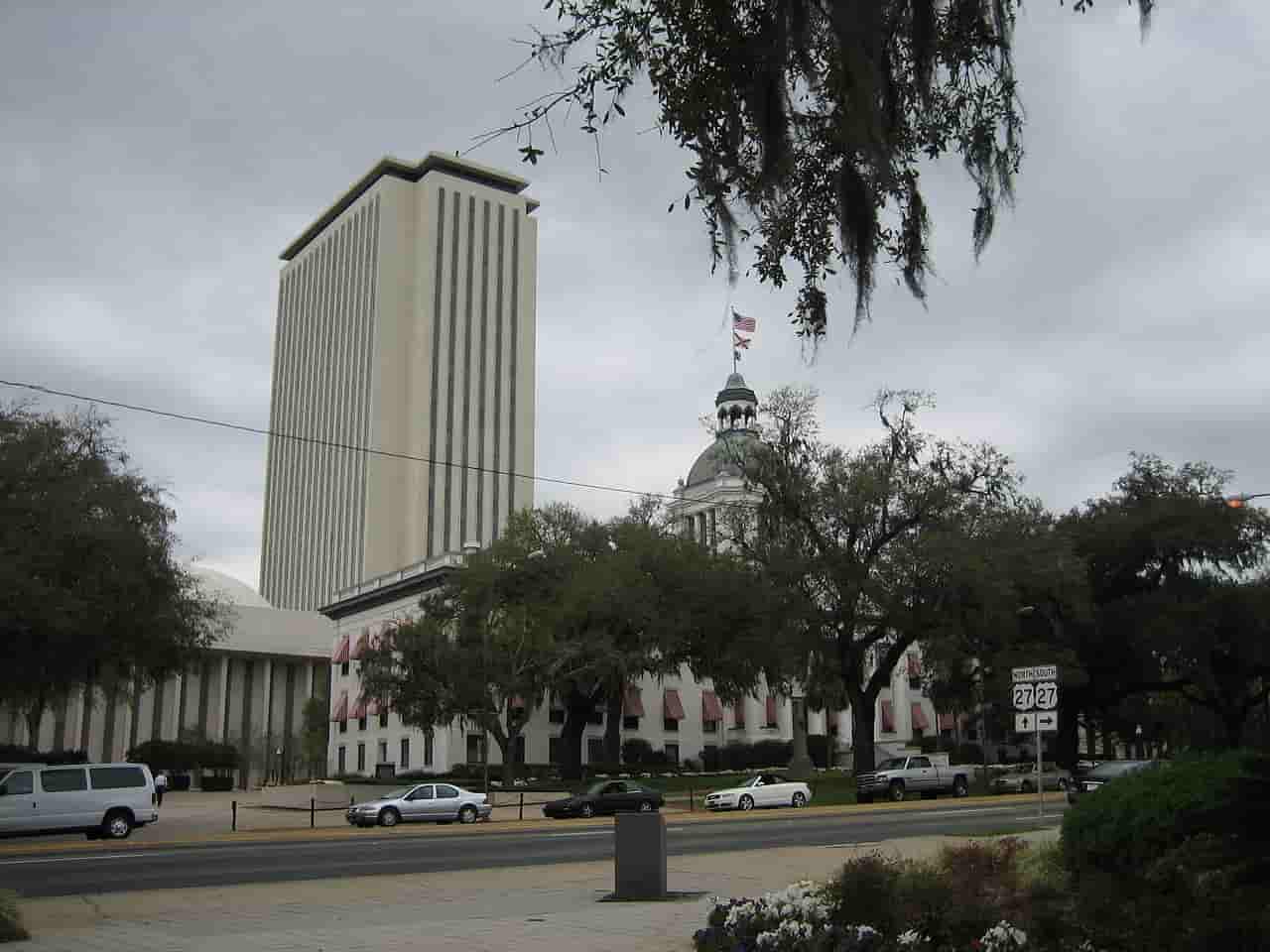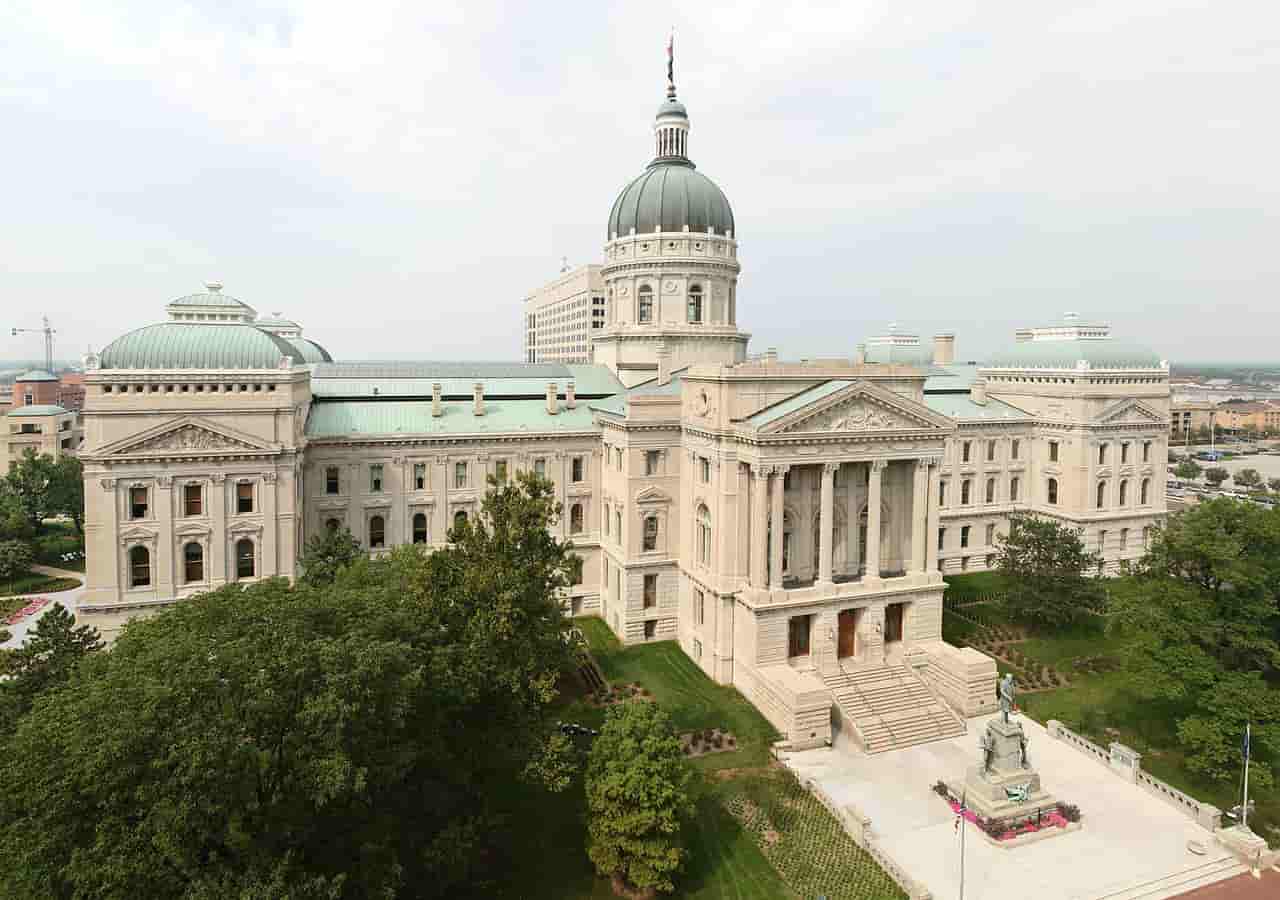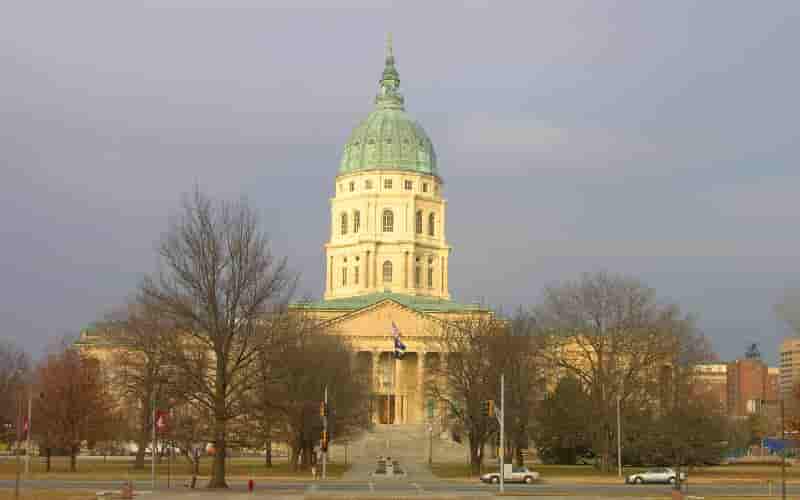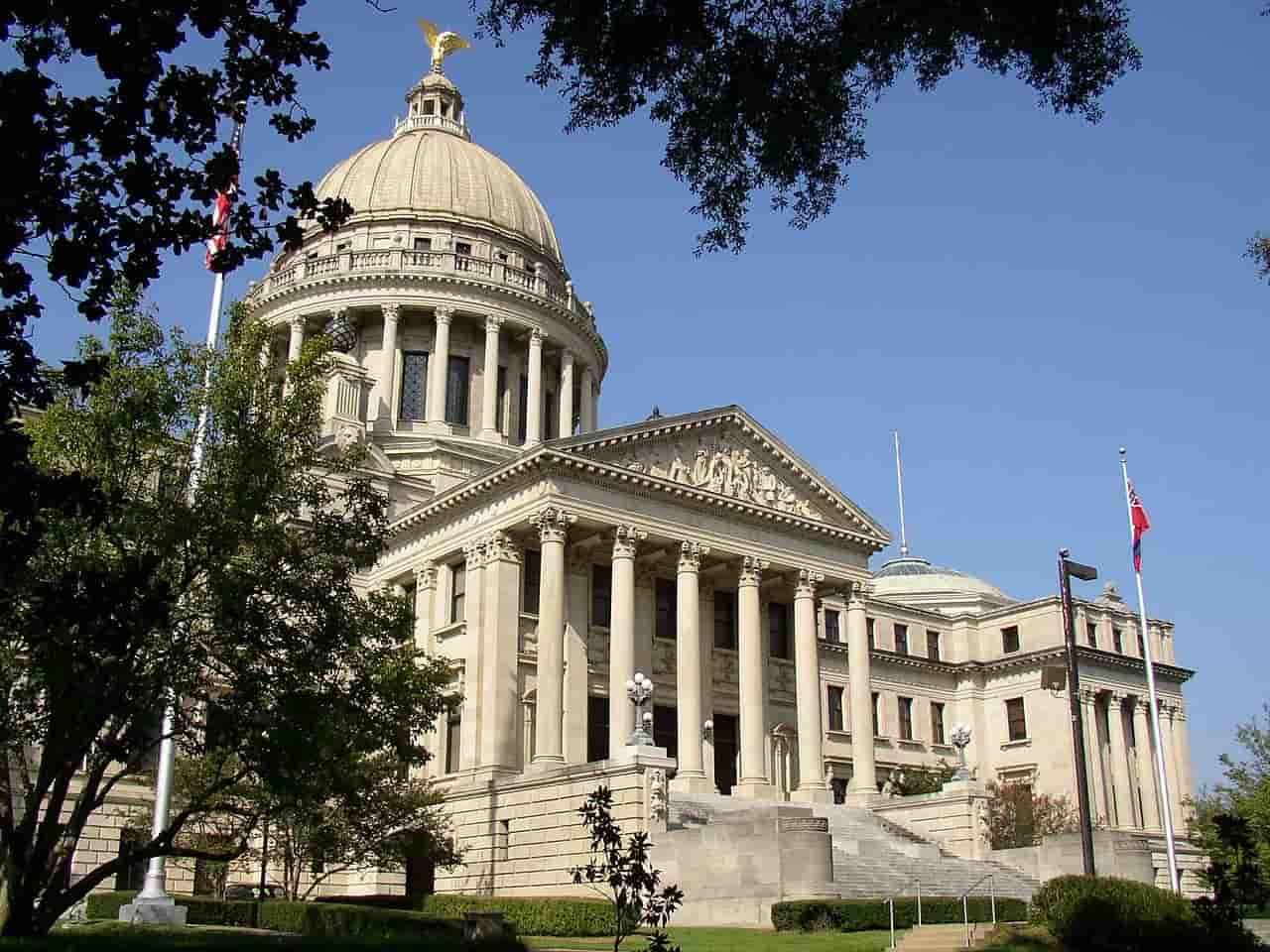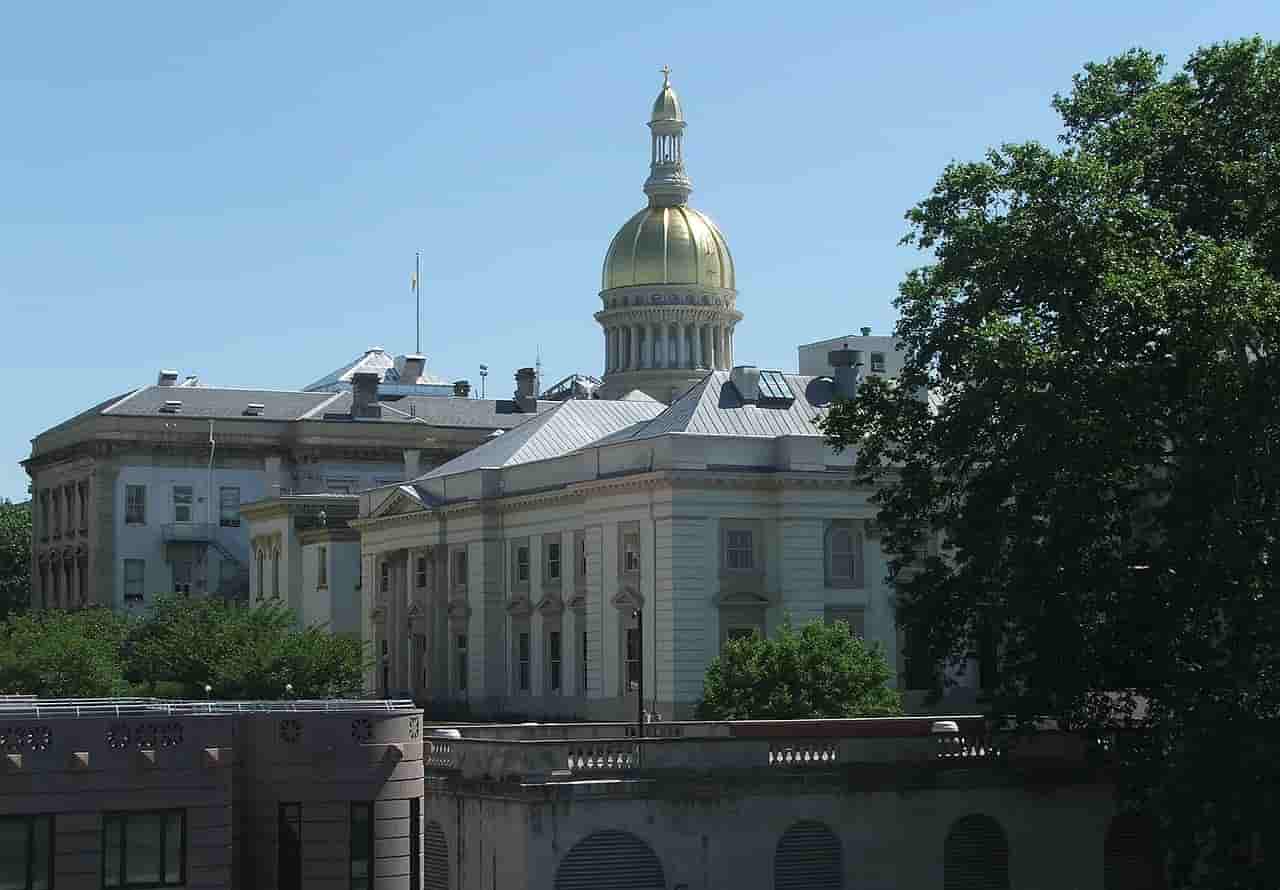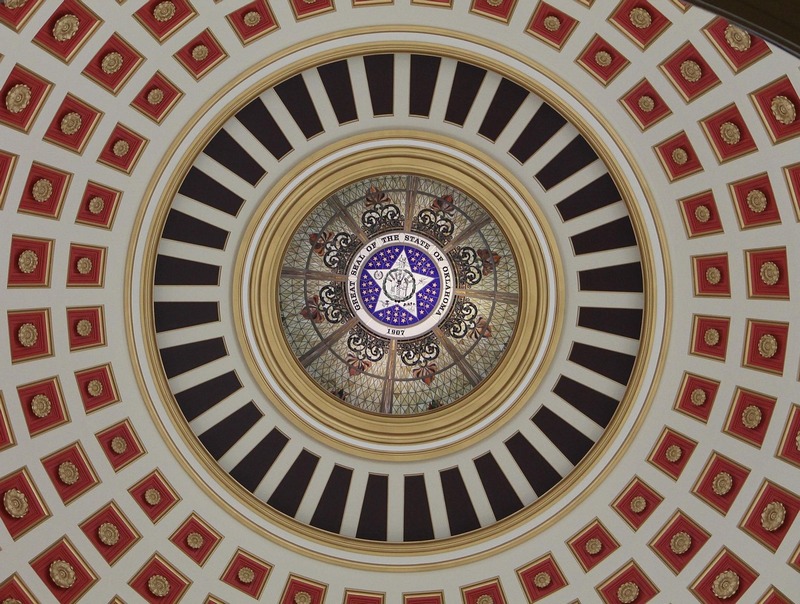
‘Quick Links’
Click on any State Seal below, to visit that Capitol Building’s ‘Wikipedia page’. Close that page to return to this list.
Capitol Building ‘Wikipedia Links’
‘Quick Links’
Click on any Capitol image below to visit that building’s ‘Visitor Info Website’. Close that page to return to this list.
Capitol Building ‘Official website Links’
Capitols
Capitol buildings are the iconic symbols of democratic governance across the United States. From the majestic dome of the U.S. Capitol in Washington, D.C. to the unique prairie-style design of the North Dakota State Capitol, each building reflects not only the architectural styles of its time but also the identity, history, and values of its state.
These buildings serve as the meeting places for state legislatures and the U.S. Congress and often house the executive branches of government.
The U.S. Capitol
The U.S. Capitol Building in Washington, D.C. is the most well-known capitol in the country and serves as the seat of the United States Congress. Construction began in 1793, and it has been expanded and modified several times since.
The original design was by Dr. William Thornton, and later significant contributions were made by architects like Benjamin Latrobe and Thomas U. Walter.
The Capitol features a neoclassical design inspired by ancient Greek and Roman architecture, symbolizing democratic ideals. The famous cast-iron dome, completed during the Civil War in 1866, remains one of the most recognizable features in Washington.
The building has grown to encompass over 16 acres of floor space and contains hundreds of rooms and corridors. It remains in use today and is both a working government facility and a historical landmark visited by millions annually.
State Capitol Buildings: A Diverse Collection
Each of the 50 states has its own capitol building, many of which reflect both local culture and national architectural trends. While the majority follow some variation of classical design, often featuring domes, columns, and rotundas, others are intentionally distinct.
Examples of Notable State Capitol Buildings
Virginia State Capitol (Richmond)
Designated: 1788
Architect: Thomas Jefferson (with Charles-Louis Clérisseau)
Significance: Modeled after the Roman Temple of Maison Carrée in Nîmes, France, the Virginia State Capitol is one of the oldest functioning capitols in the U.S. It was groundbreaking in replacing the traditional British-style capitol building with a design rooted in classical republican ideals.
Massachusetts State House (Boston)
Designated: 1798
Architect: Charles Bulfinch
Features: A Federal-style building with a gilded dome, the State House sits atop Beacon Hill. The dome was originally made of wood and later covered in copper by Paul Revere’s company. It symbolizes Boston’s role in American independence.
Texas State Capitol (Austin)
Completed: 1888
Design: Italian Renaissance Revival
Notable: Built from Texas “sunset red” granite, it is larger than the U.S. Capitol in terms of square footage and is one of the tallest state capitols. The dome rises 308 feet high.
North Dakota State Capitol (Bismarck)
Completed: 1934
Style: Art Deco
Unique Feature: Known as the “Skyscraper on the Prairie,” it is a 21-story tower and the tallest building in the state. Its vertical design was influenced by the economic limitations of the Great Depression.
California State Capitol (Sacramento)
Completed: 1874
Style: Neoclassical
Details: Closely modeled after the U.S. Capitol, the building houses the office of the governor and the legislature. Extensive renovations have preserved its historic interiors while modernizing the facilities.
Hawaii State Capitol (Honolulu)
Opened: 1969
Design: Modernist
Features: Departing from classical tradition, this building symbolizes the natural environment of Hawaii. The open-air design includes palm tree-shaped columns and a reflecting pool representing the Pacific Ocean.
Capitol Designs: Trends and Influences
Most capitol buildings constructed in the 19th century draw from Greek Revival, Roman Revival, or Neoclassical traditions, invoking a connection to democratic origins in ancient civilizations.
These designs typically include features such as:
Domes: Symbolizing unity and importance (e.g., Missouri, Colorado, Wisconsin)
Columns and Portico’s: Classical elements adapted to American identity
Rotundas: Often used as ceremonial spaces or art galleries
As architectural tastes evolved, so did the styles of capitol buildings. In the 20th century, especially during the Great Depression, some states adopted simplified, vertical, and Art Deco forms (e.g., Nebraska, Louisiana, North Dakota).
A few, like New Mexico’s Roundhouse (Santa Fe), adopted unique regional styles—in this case, Pueblo Revival—reflecting Indigenous and Spanish influences.
Renovation and Preservation
Many state capitols have undergone major renovations in the last several decades to ensure they meet modern safety, accessibility, and technological standards.
These restoration efforts often included Seismic Retrofitting, Preservation of Historical Art and Murals, Energy Efficiency Upgrades, ADA Compliance and Digital Infrastructure.
A good example would be when the Minnesota State Capitol (completed in 1905) underwent a $310 million renovation from 2013 to 2017, restoring artwork, ceilings, and decorative finishes.
Functionality and Public Role
While the primary function of capitol buildings is legislative, many also house Governor’s Offices, State Supreme Courts, and Historical Museums or Visitor Centers.
Capitols are important public spaces, often used for protests, public tours, and ceremonial events like inaugurations and state anniversaries. They frequently display statues, murals, and mosaics representing state history and notable figures.
On Reflection
The 51 capitol buildings in the United States (50 state and one federal) are more than places of governance—they are cultural landmarks and living monuments to American democratic principles.
They vary widely in size, style, and history, but all serve a common purpose: to embody the authority, heritage, and aspirations of the people they represent.
Whether carved in stone or cast in concrete, these buildings remain vital centers of civic life, continuing to evolve with the nation they serve.

